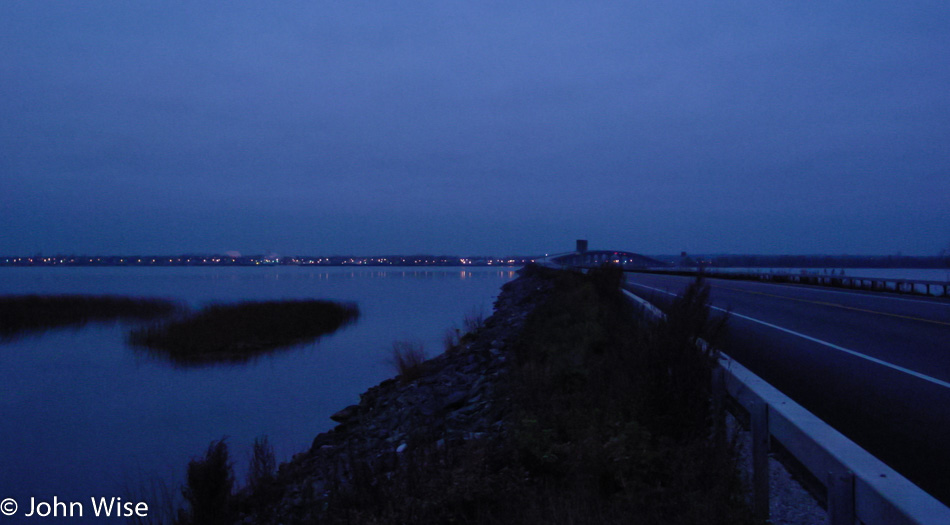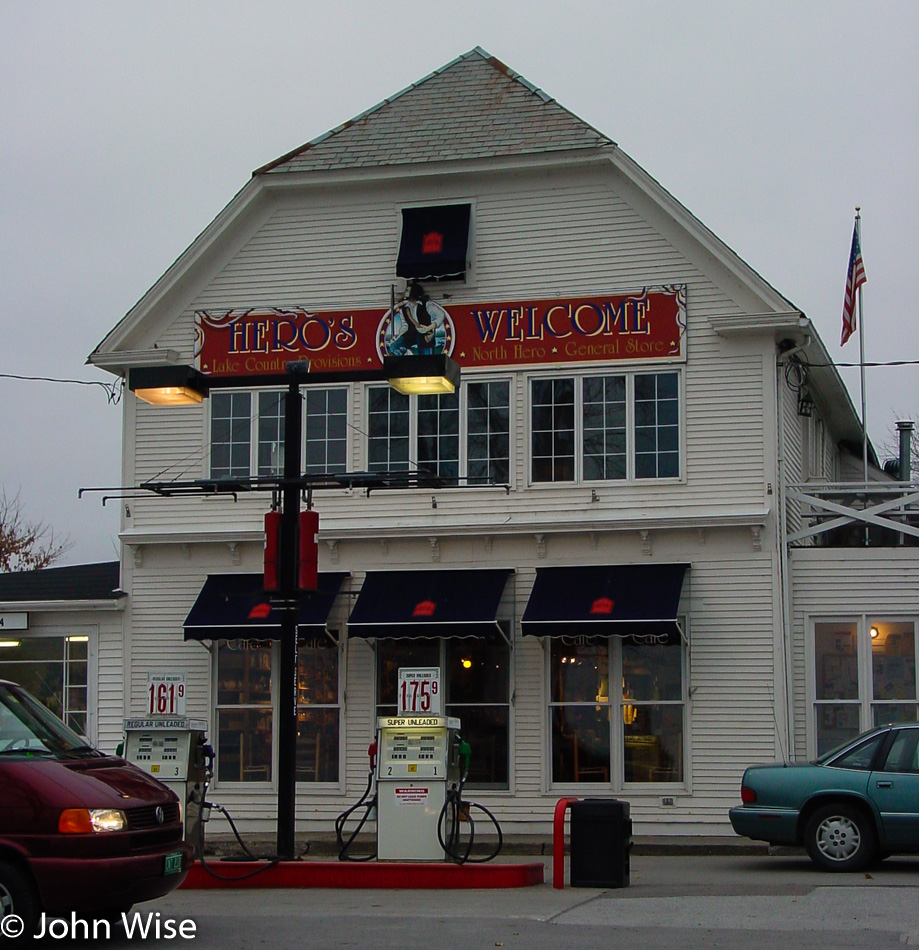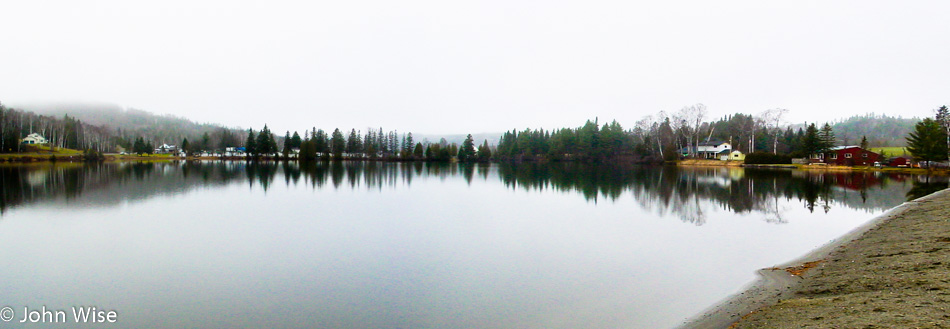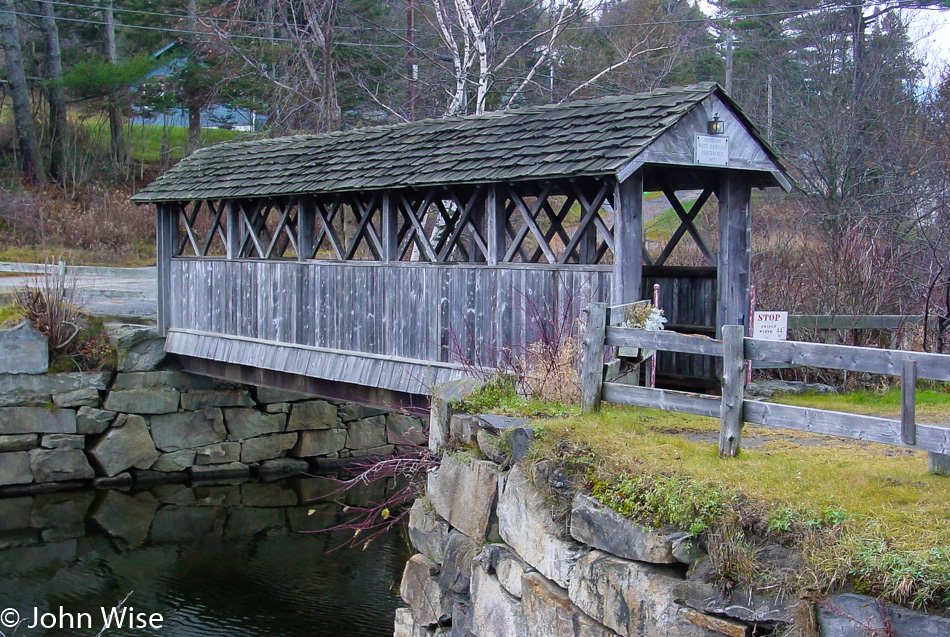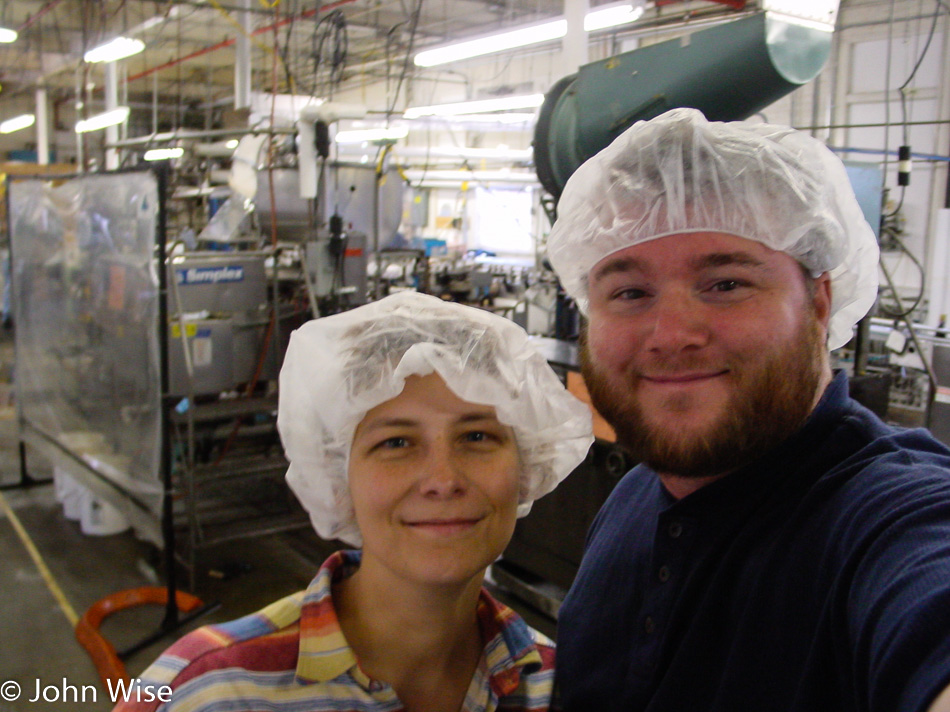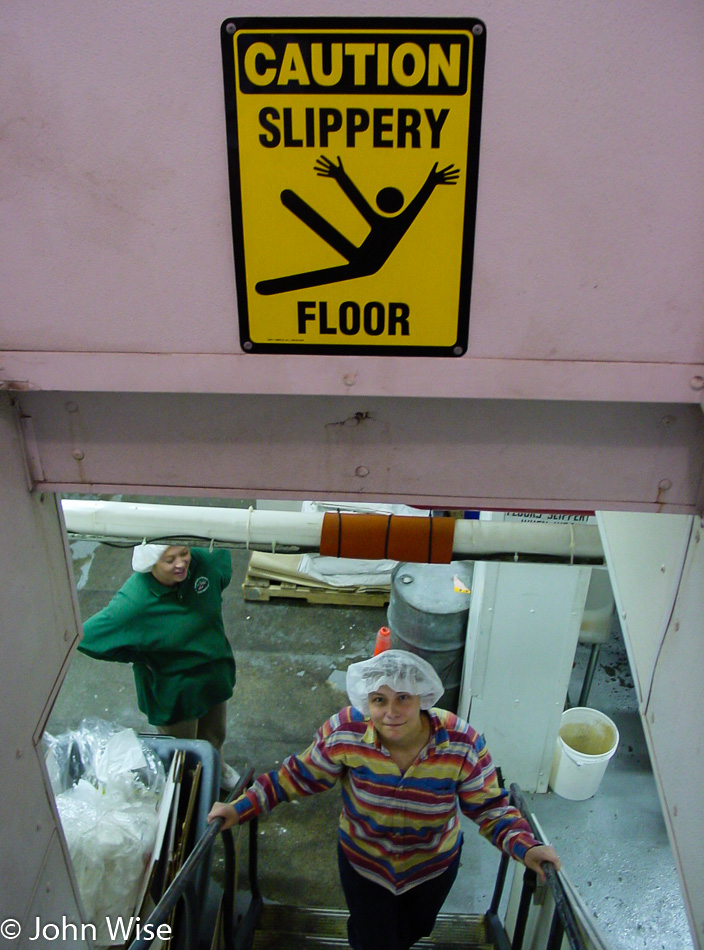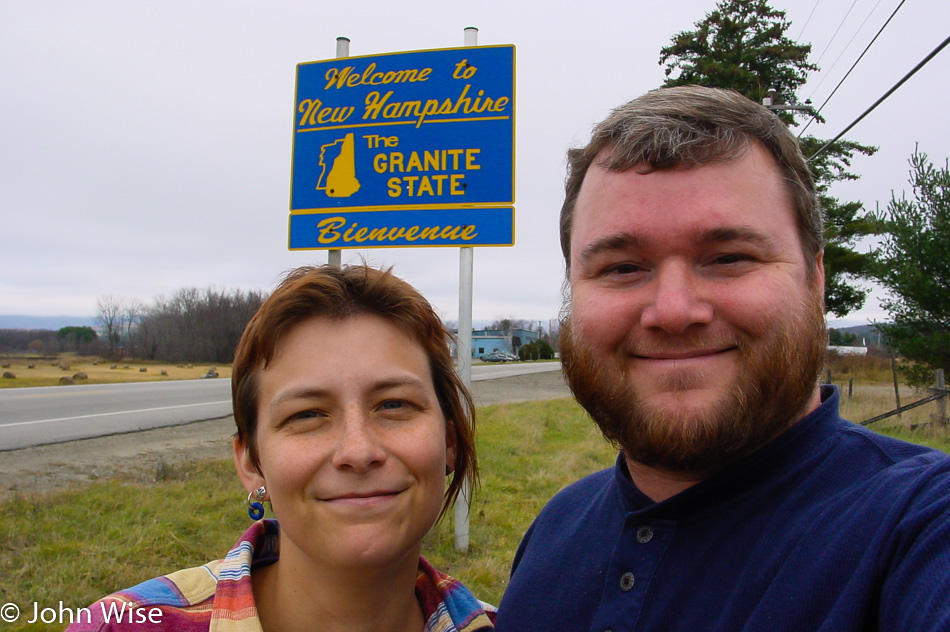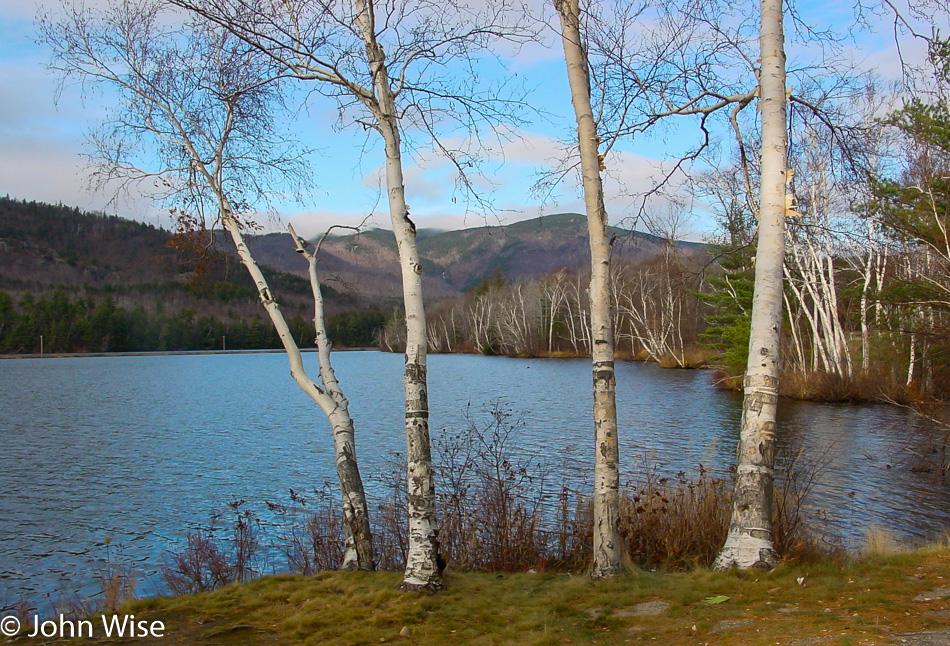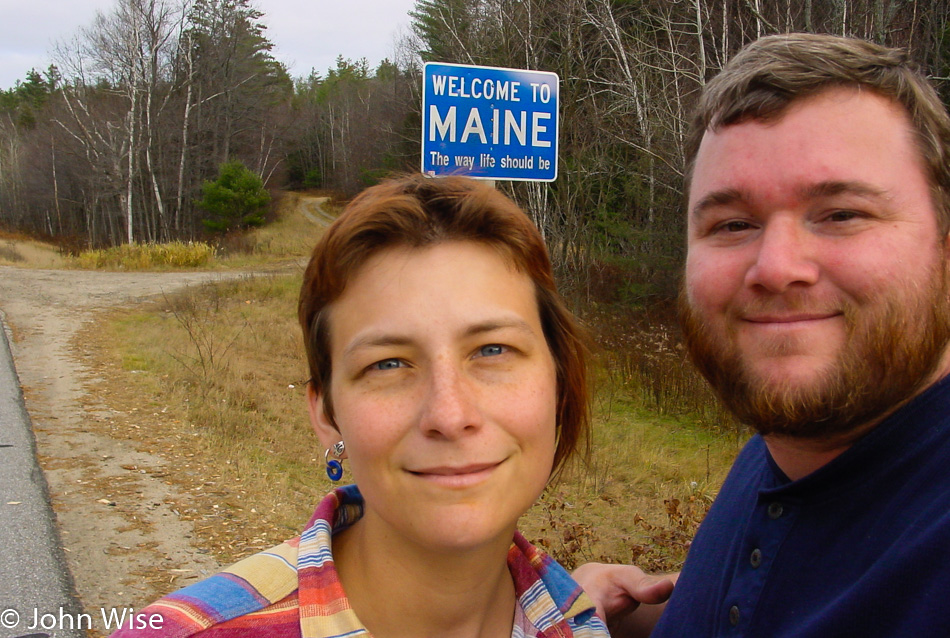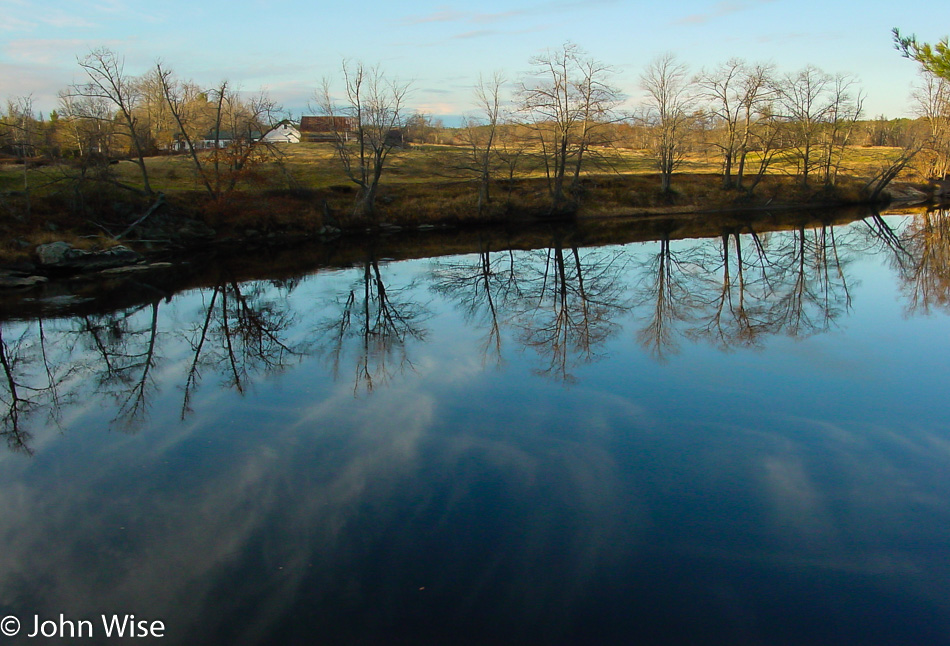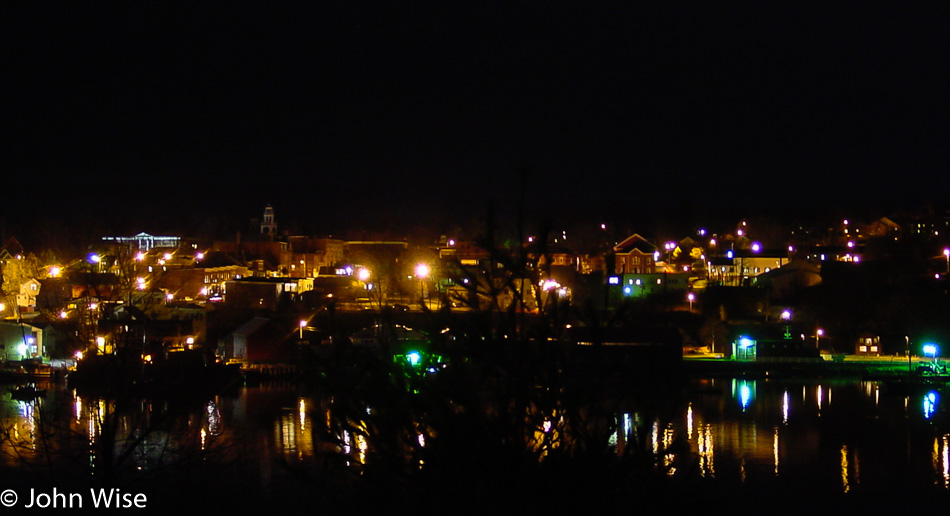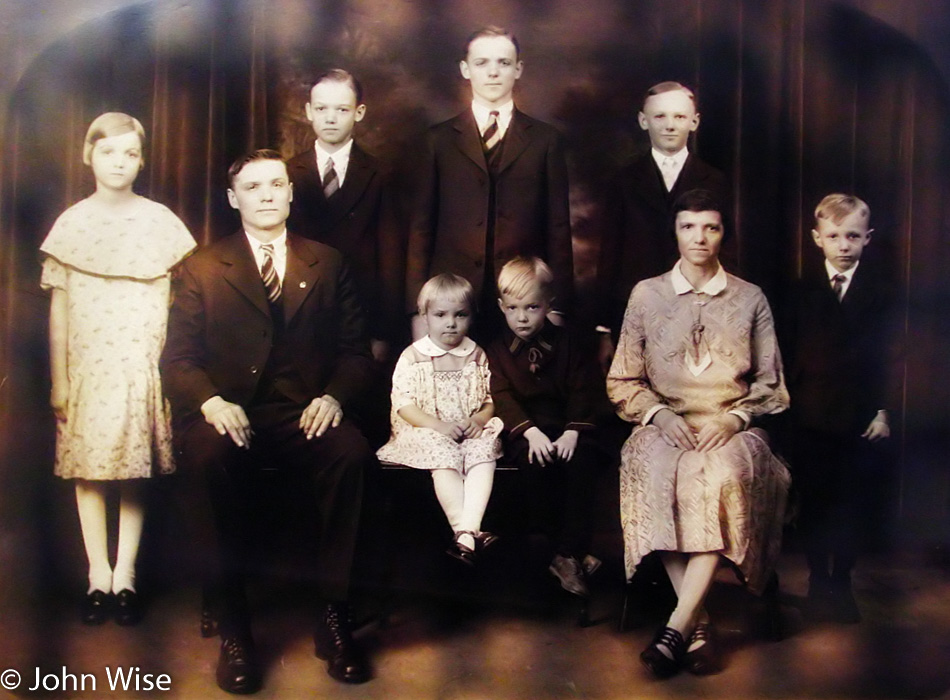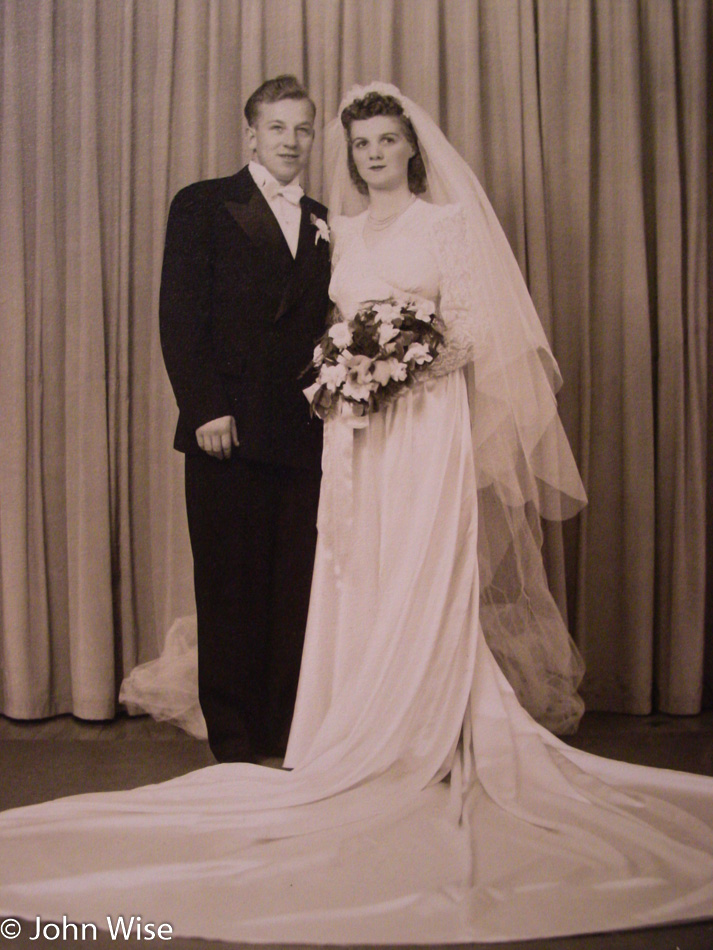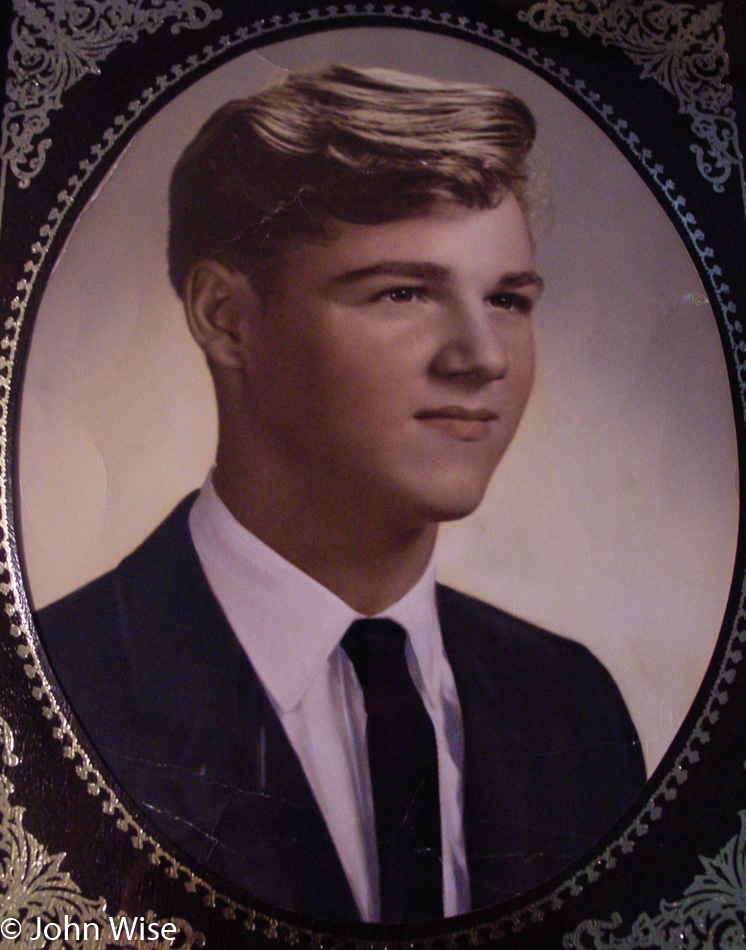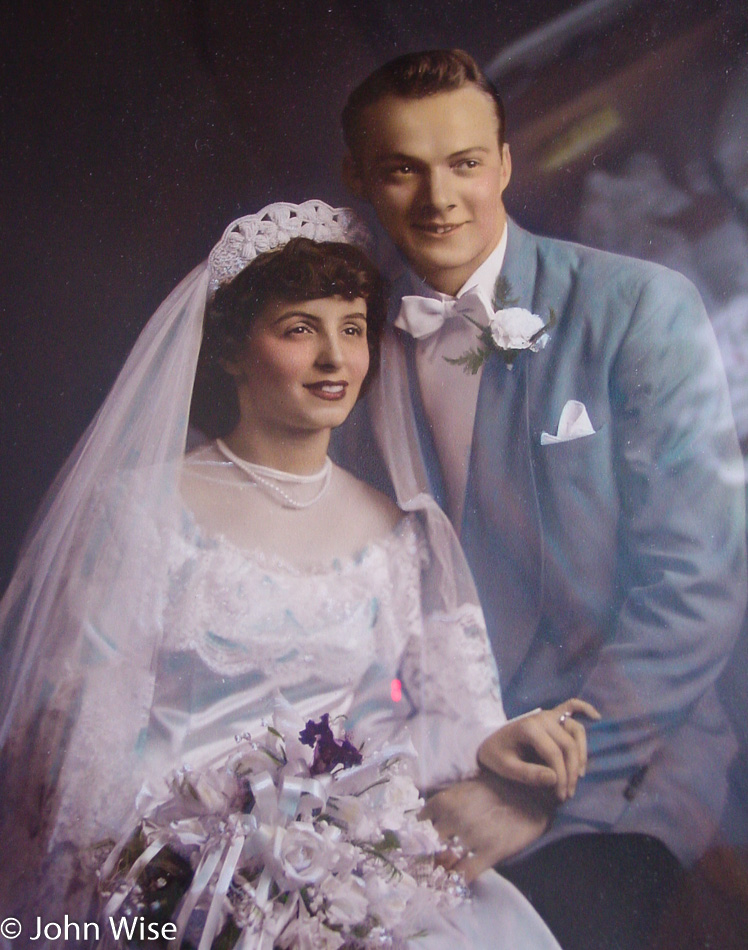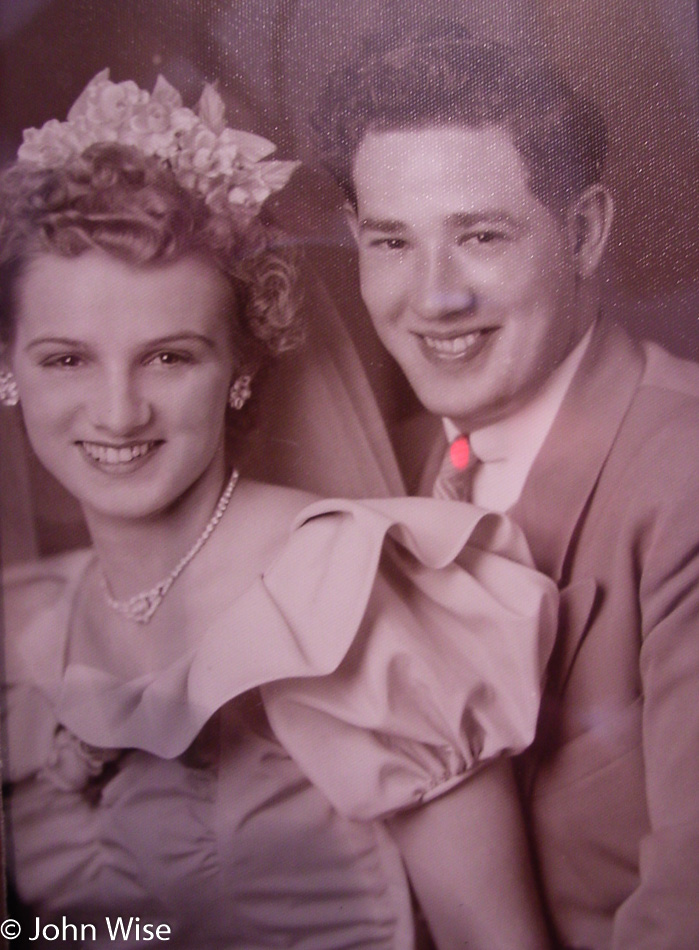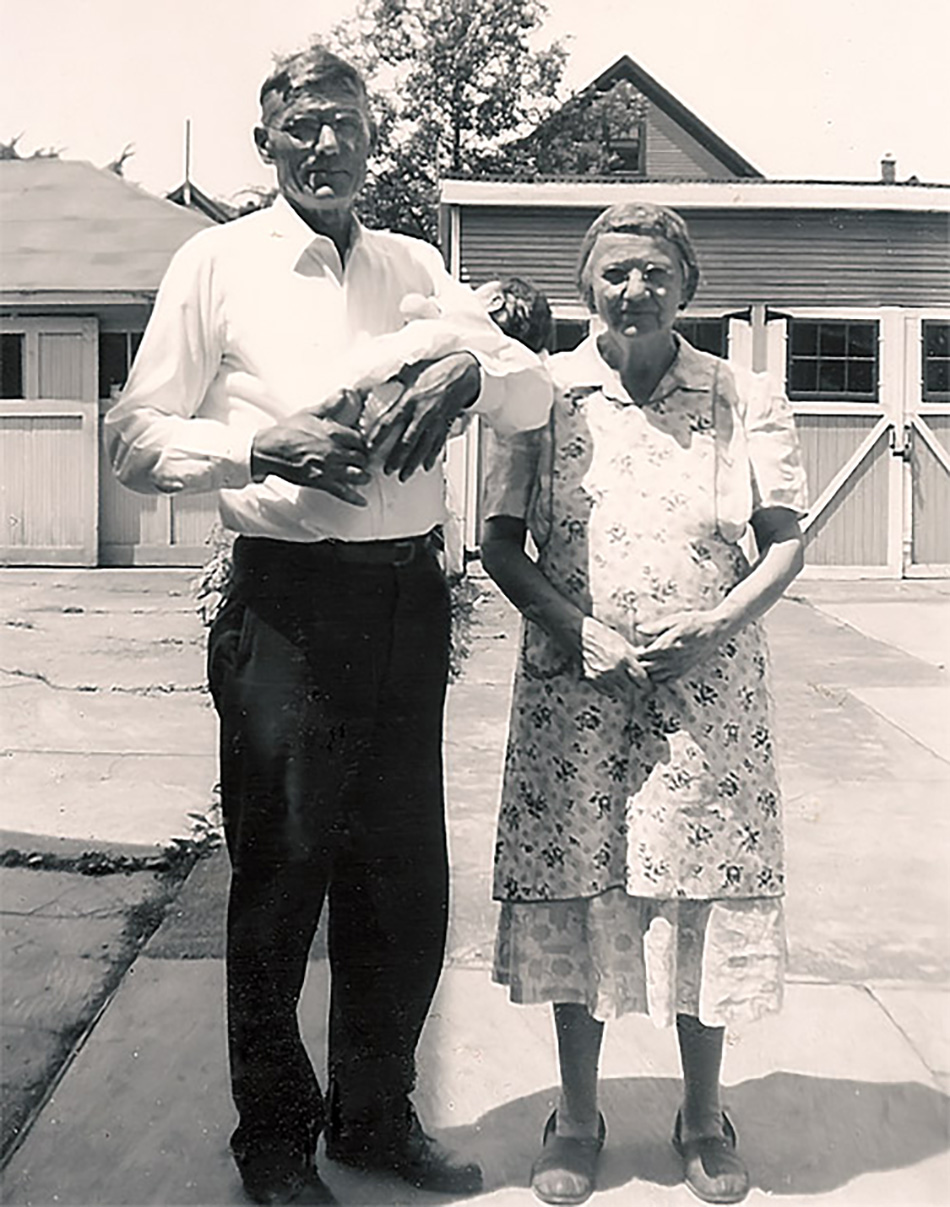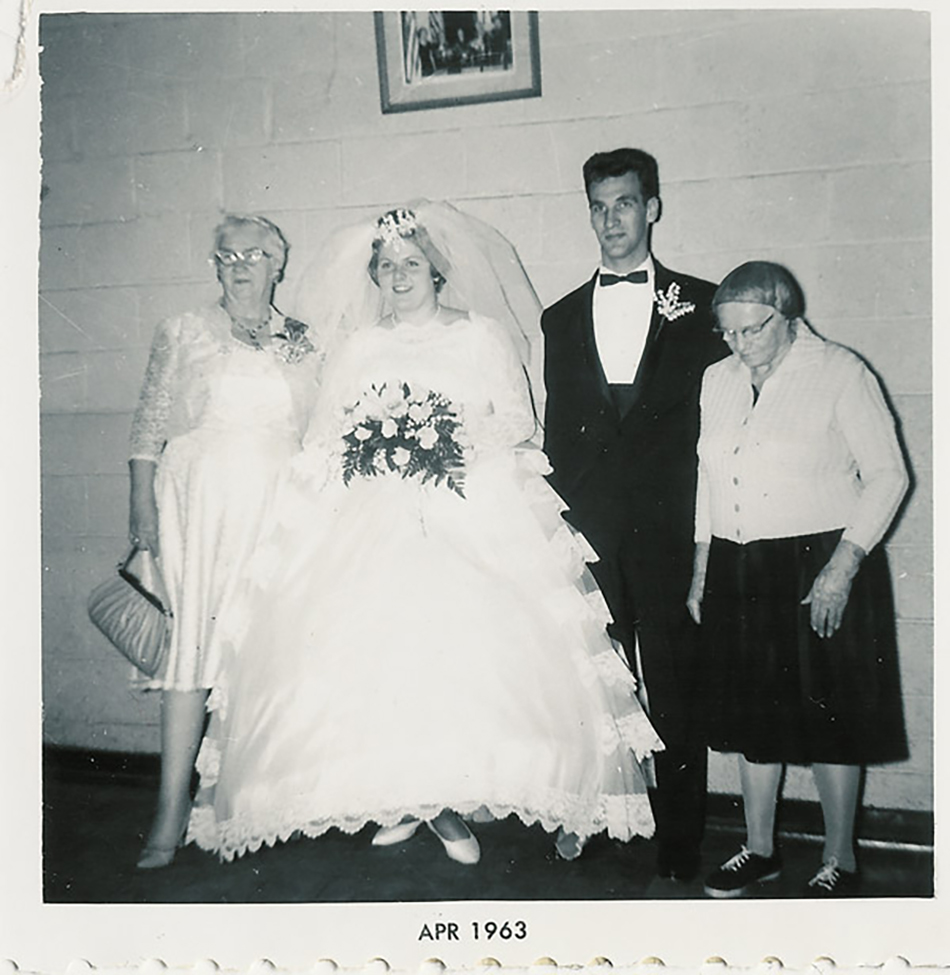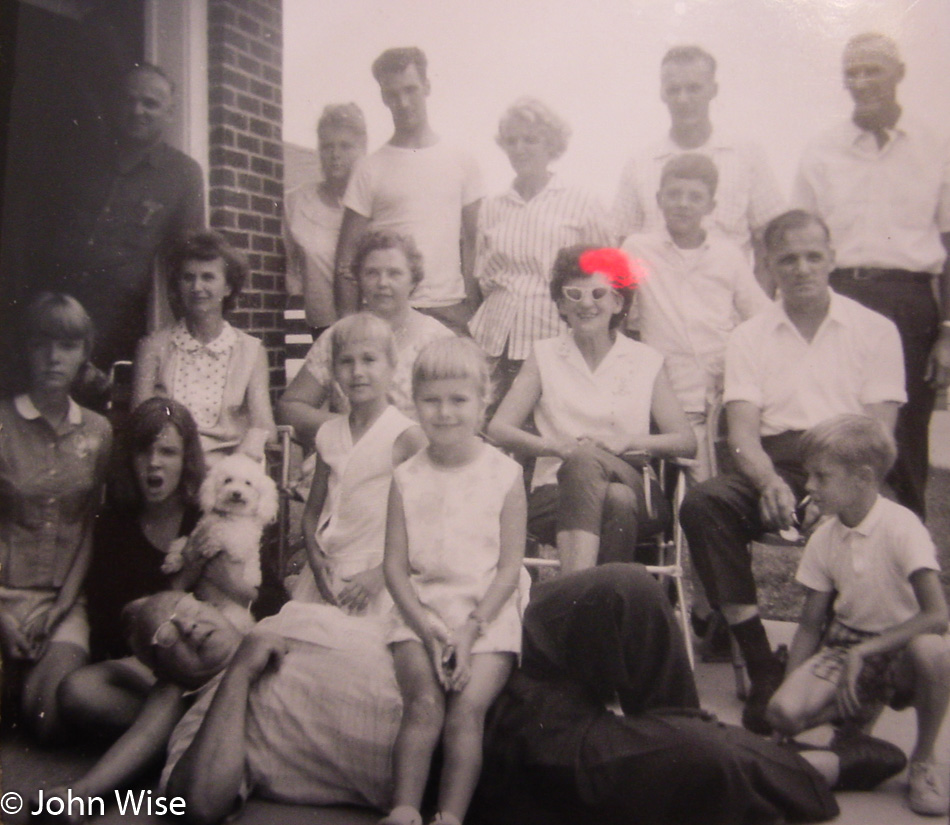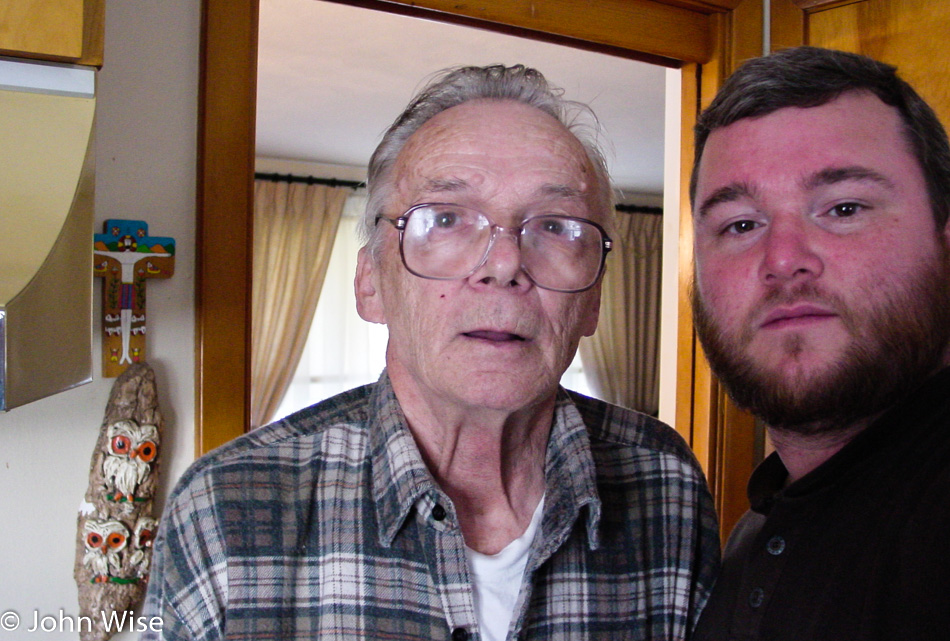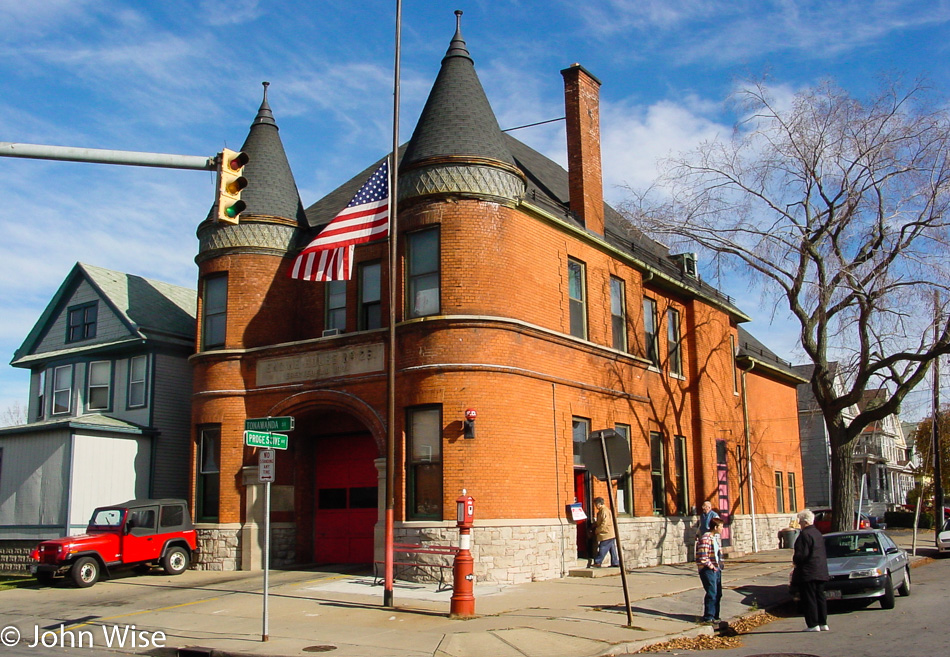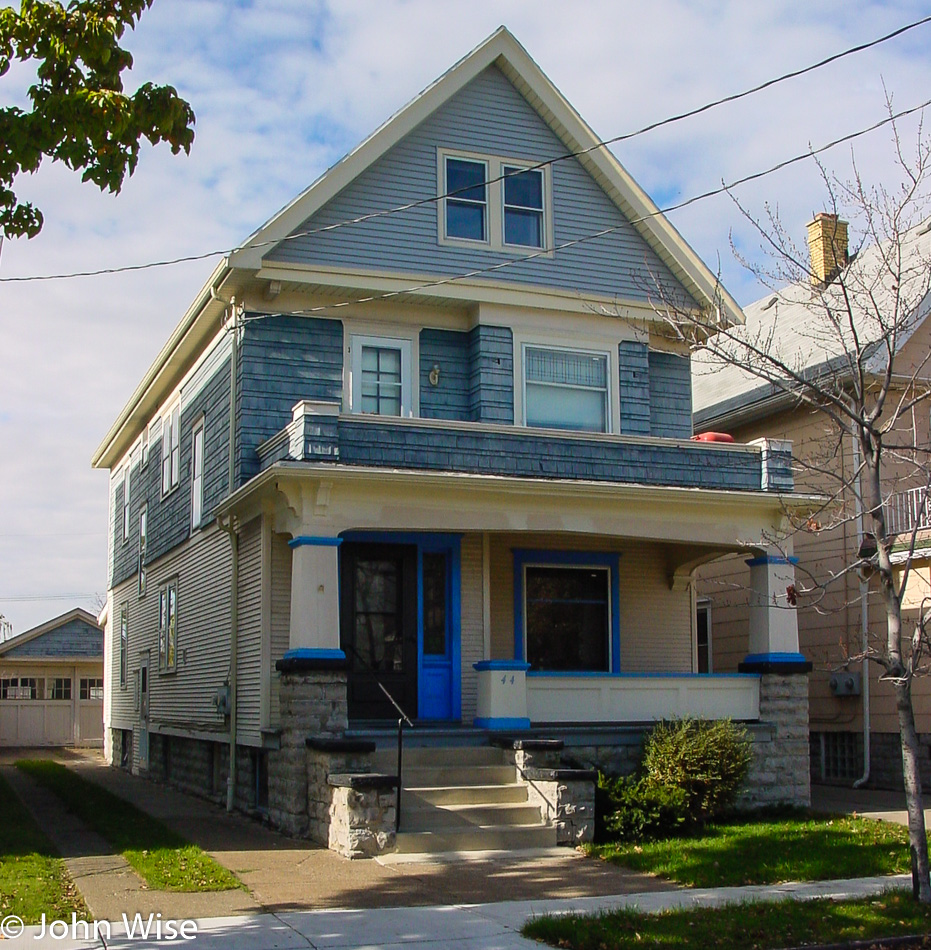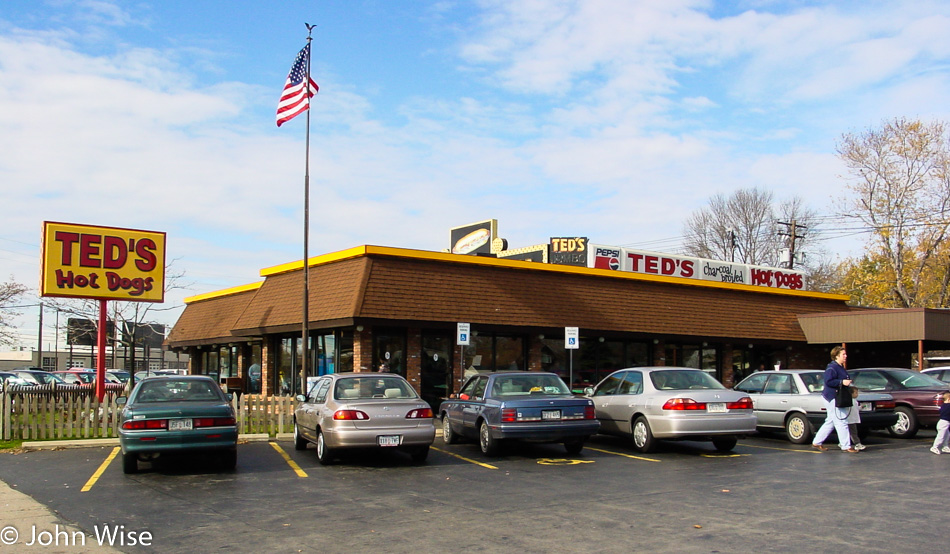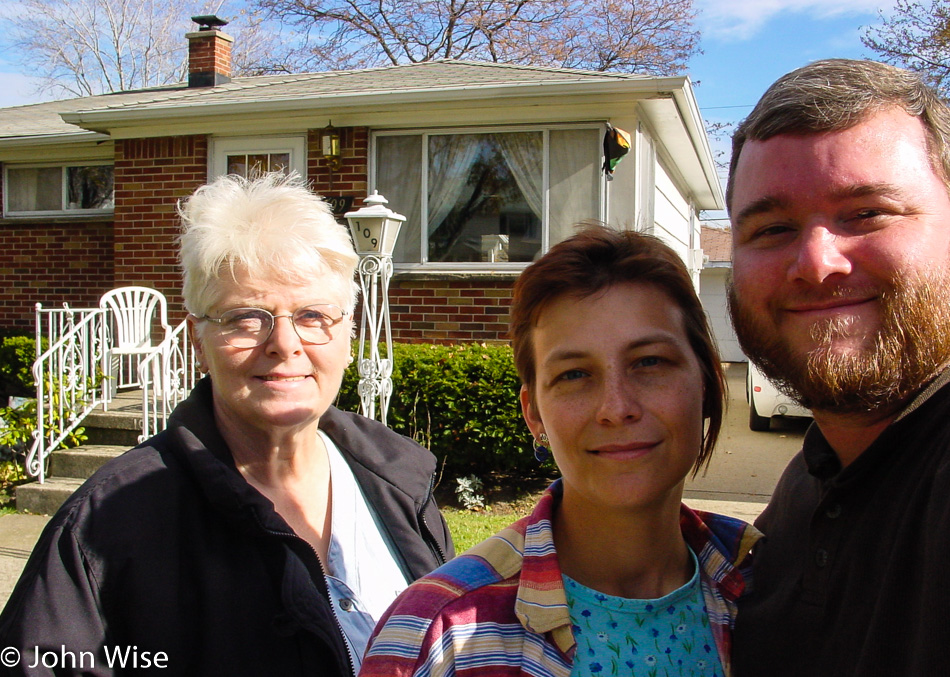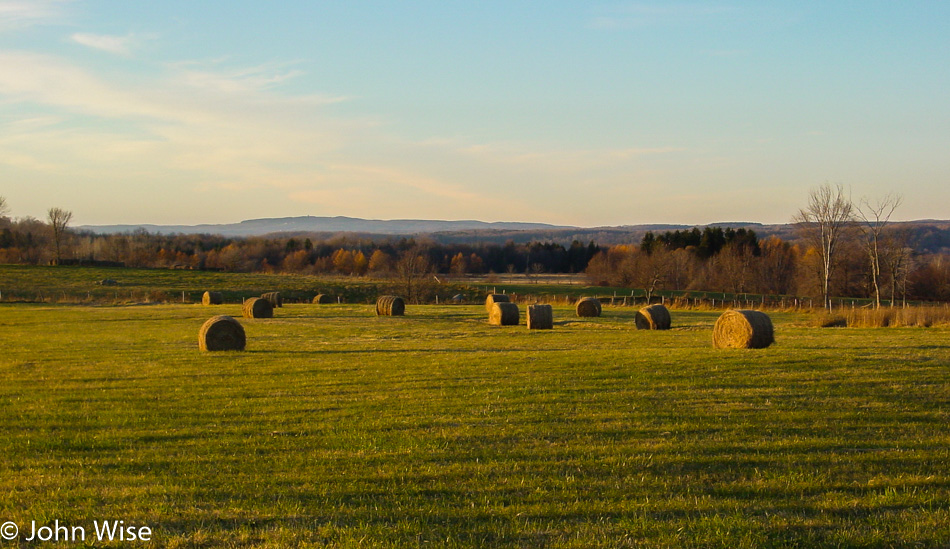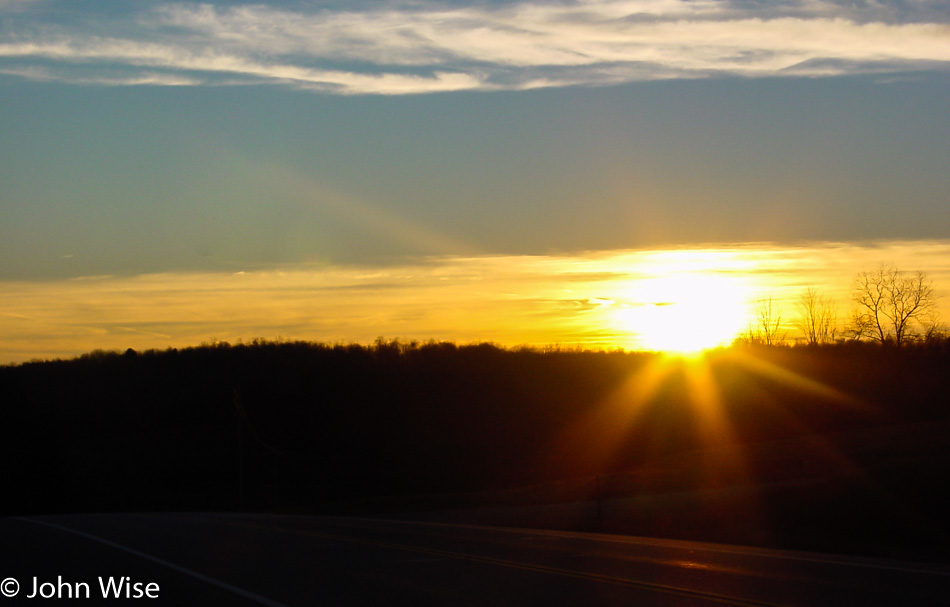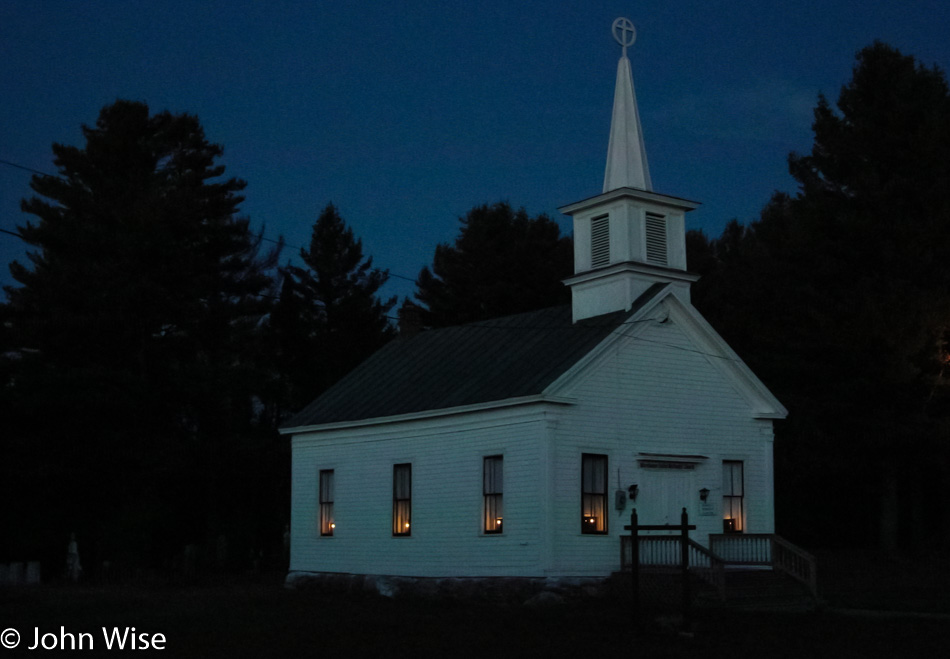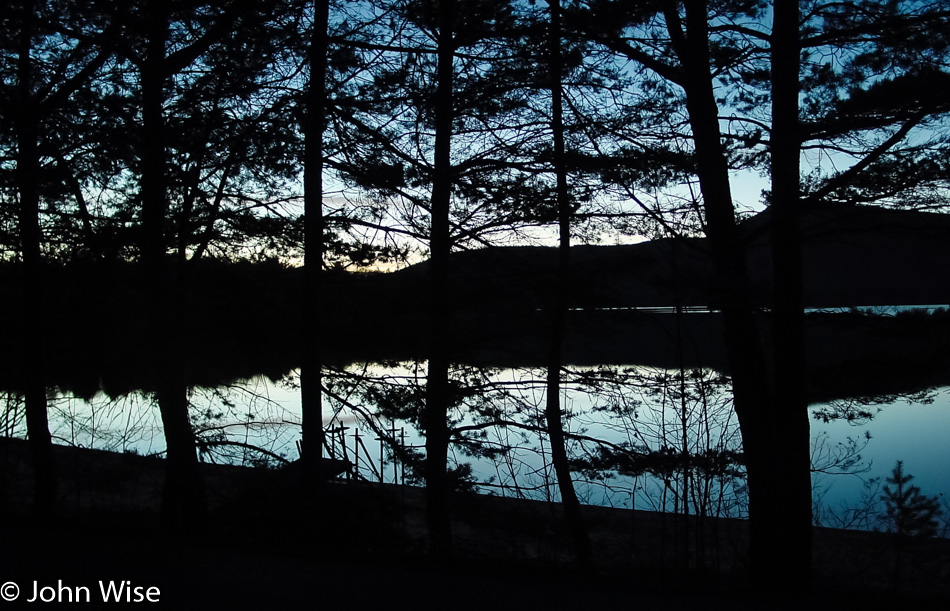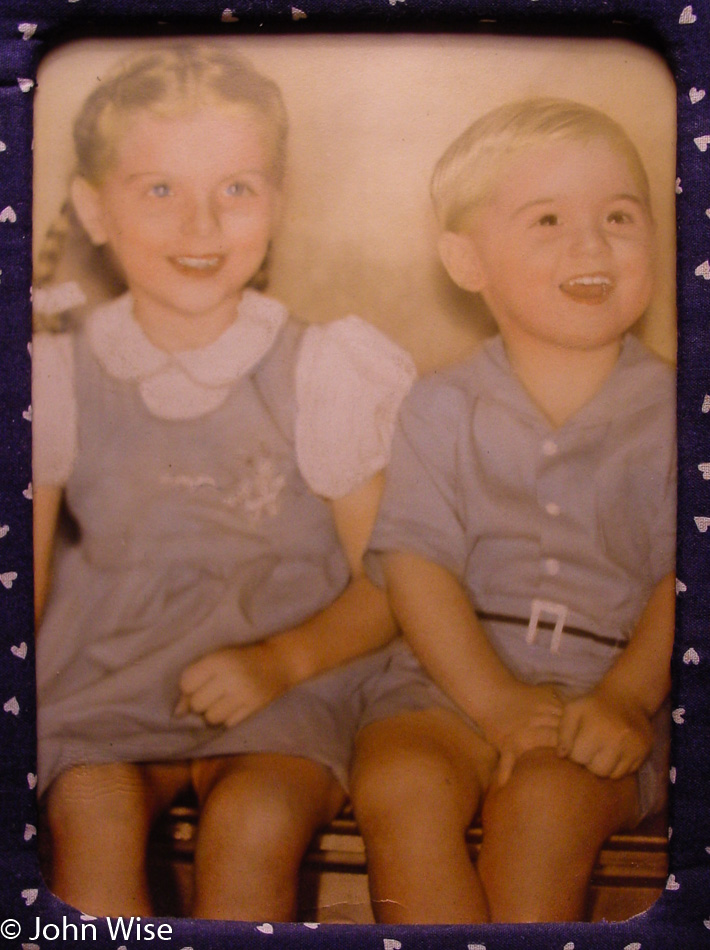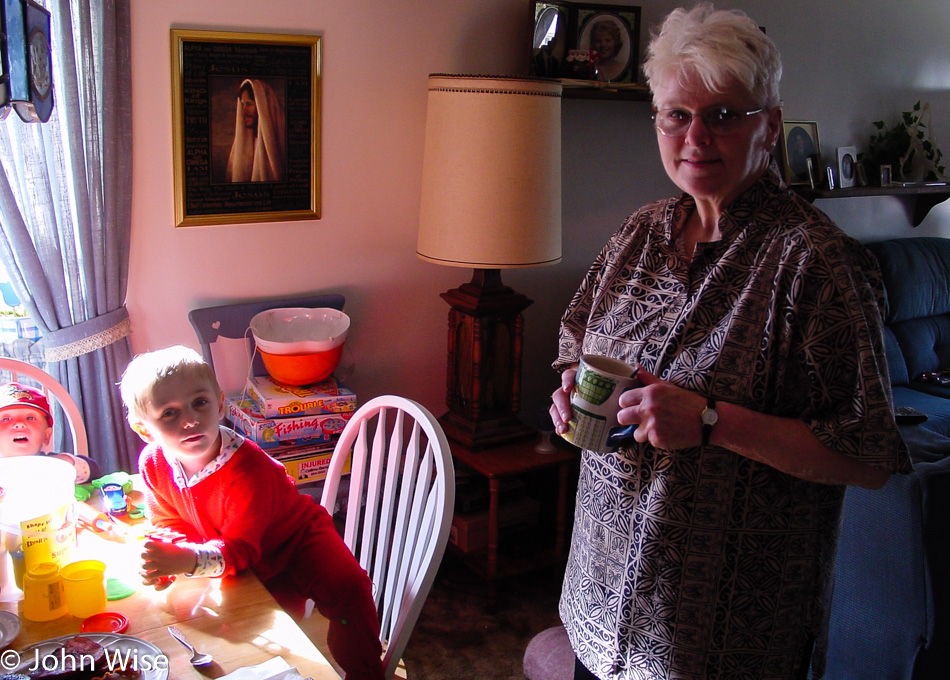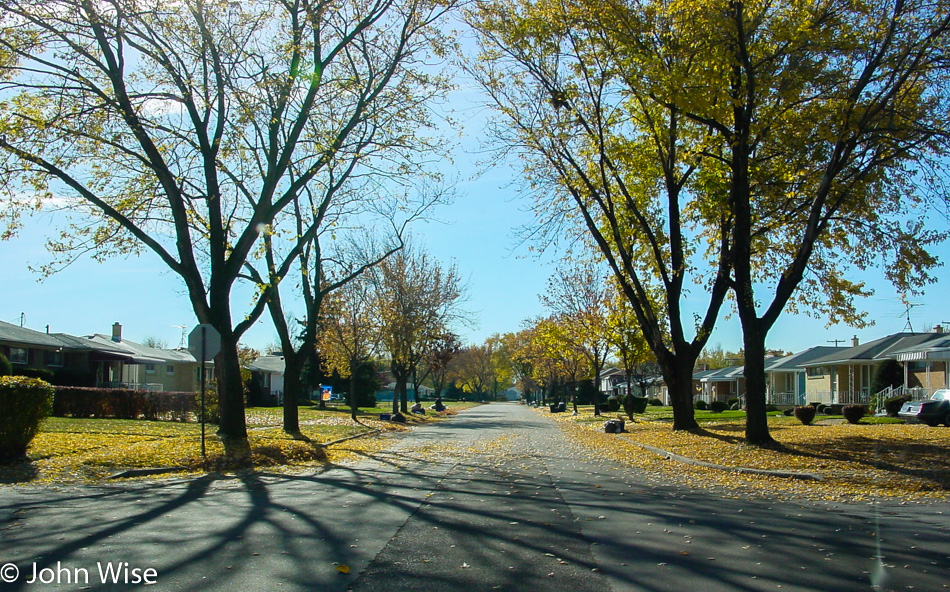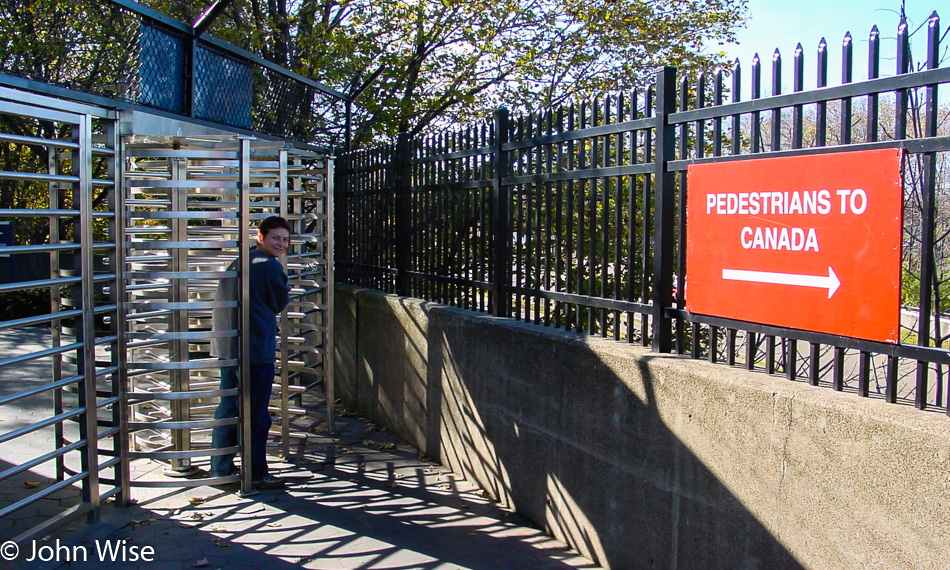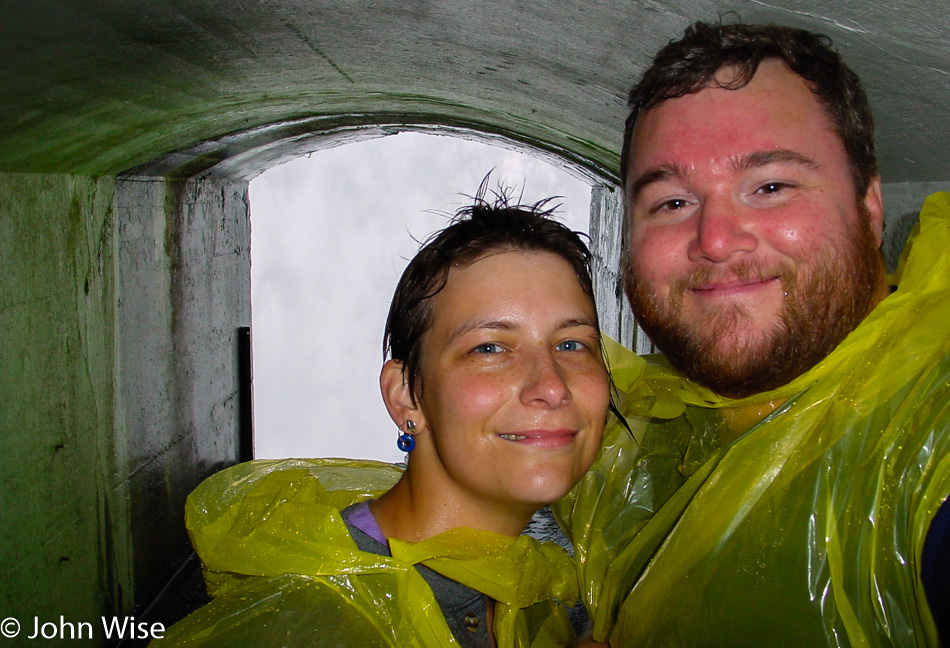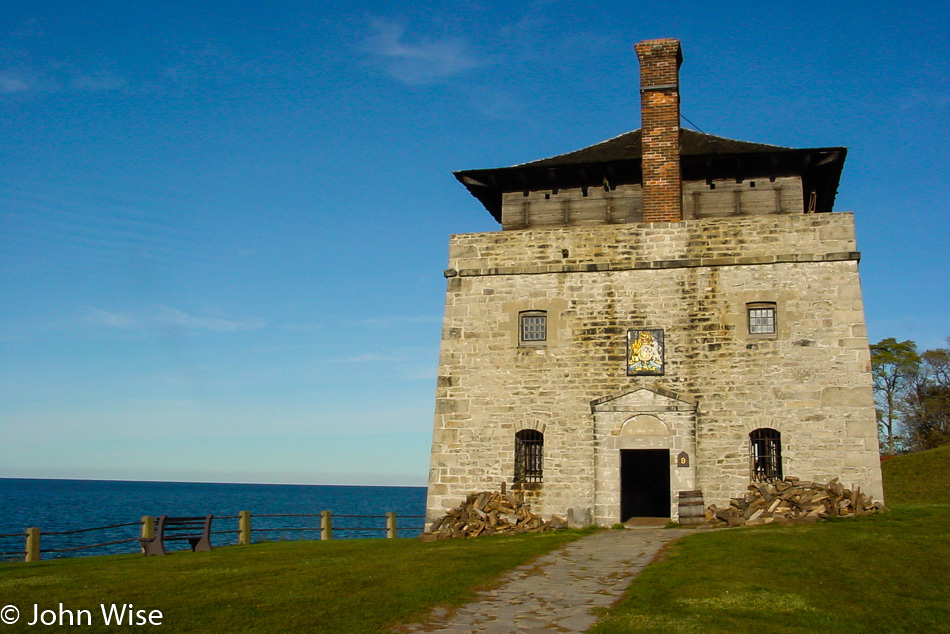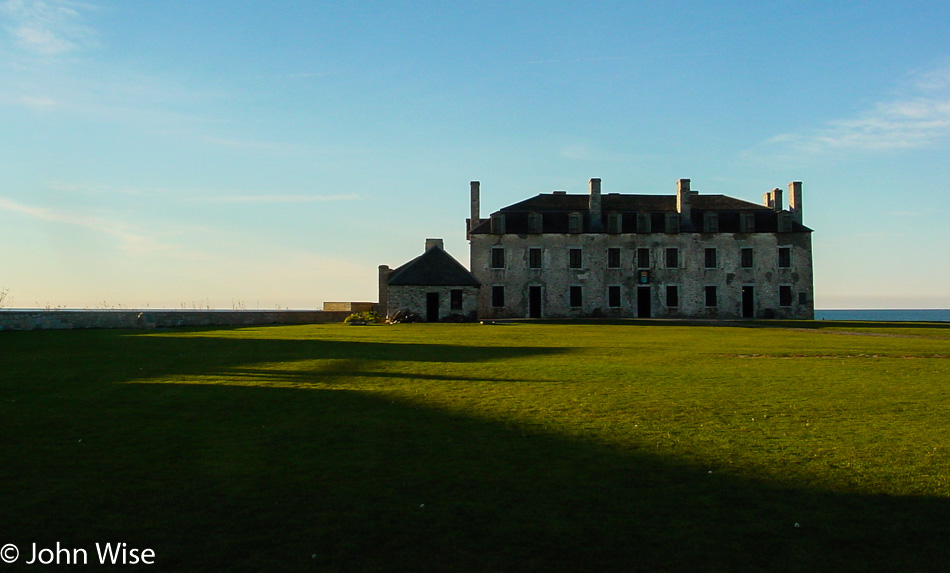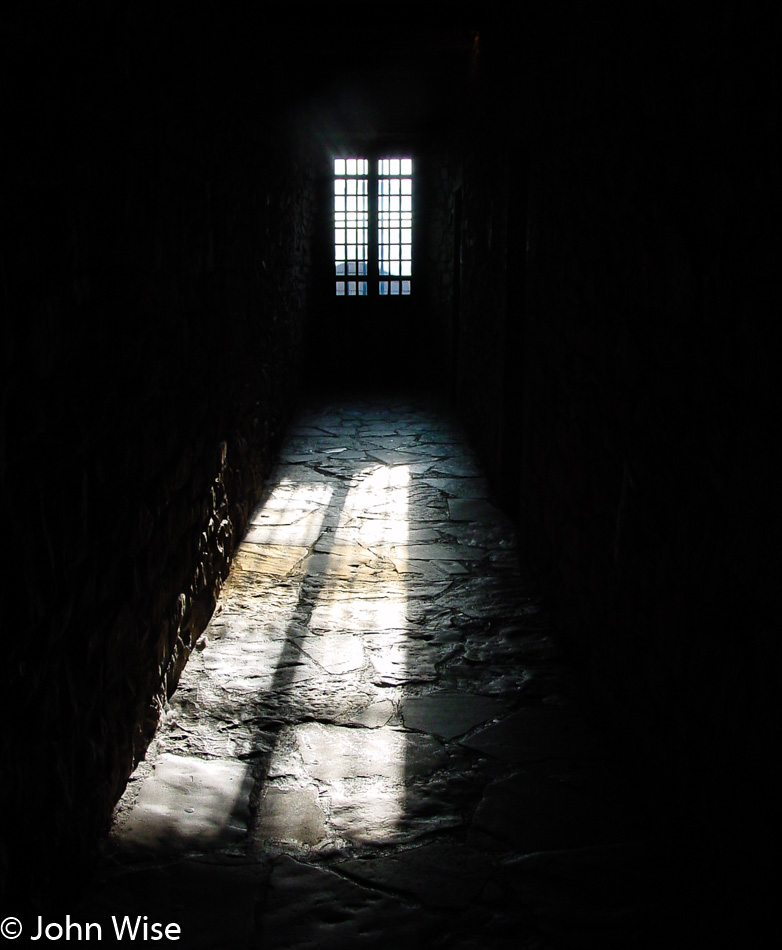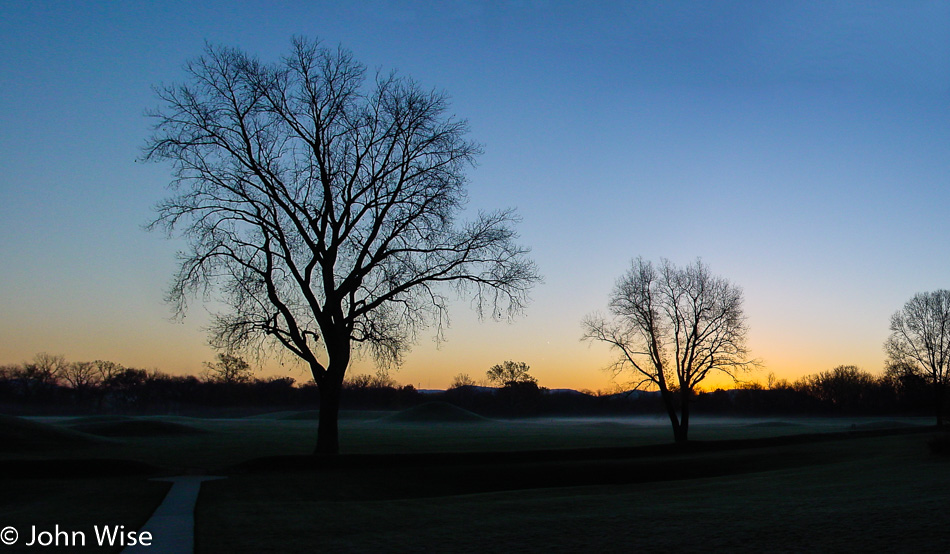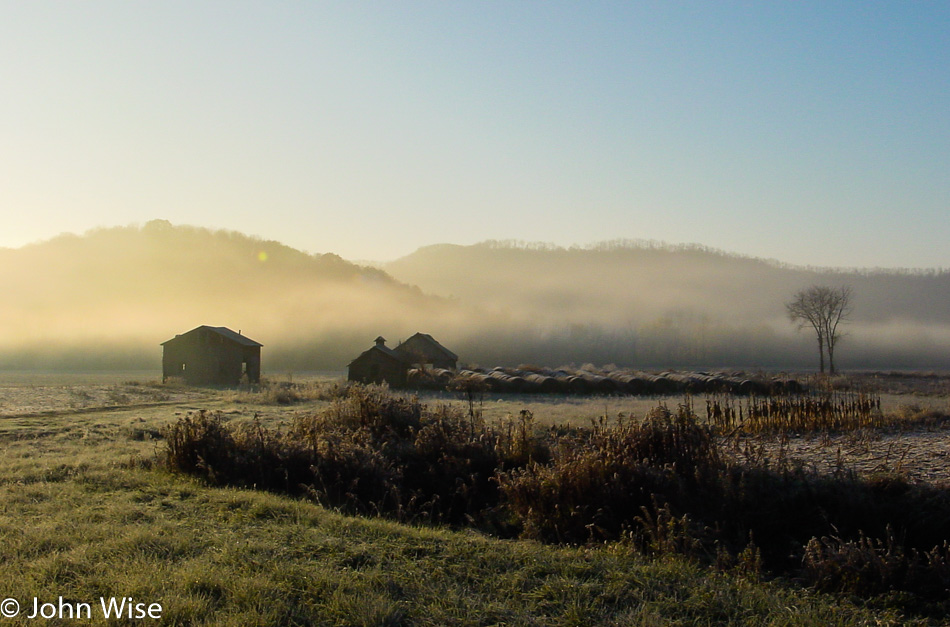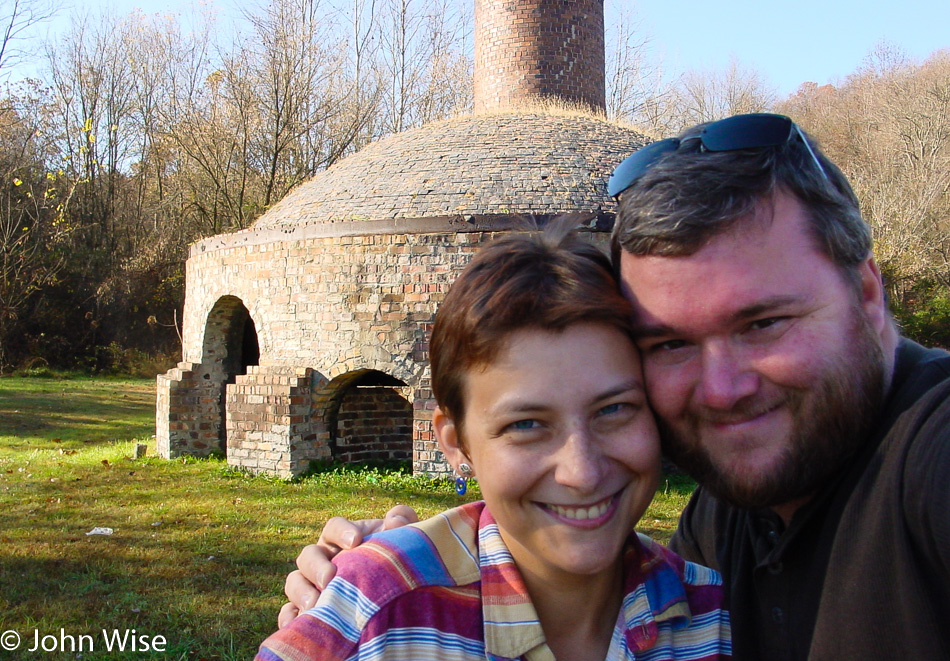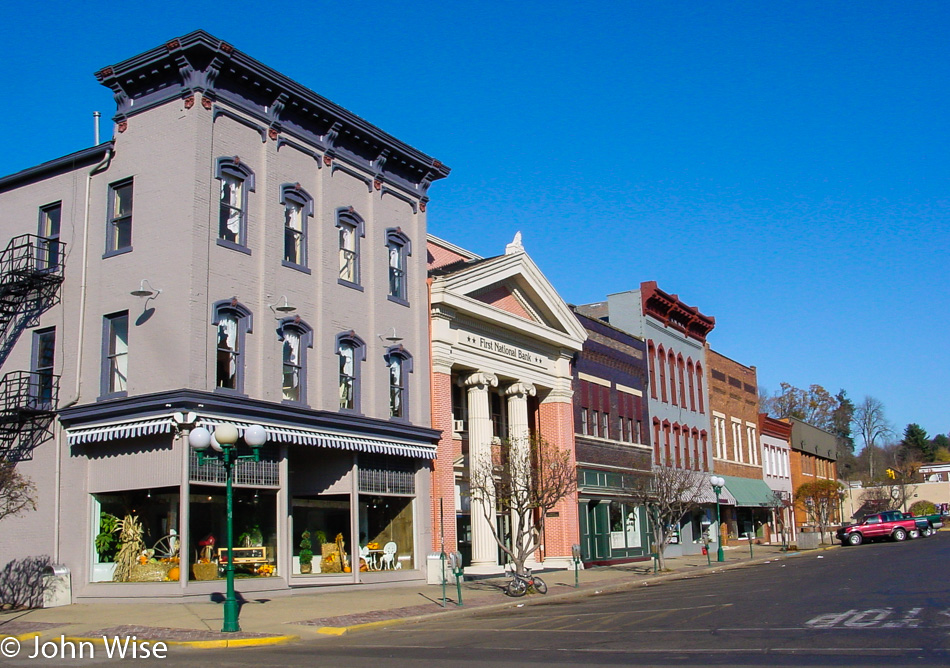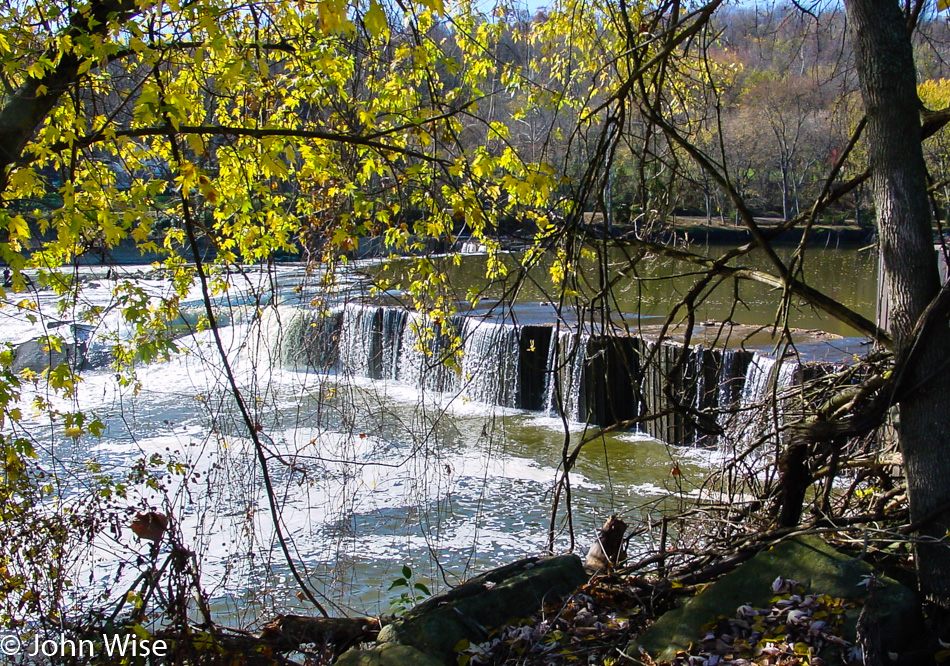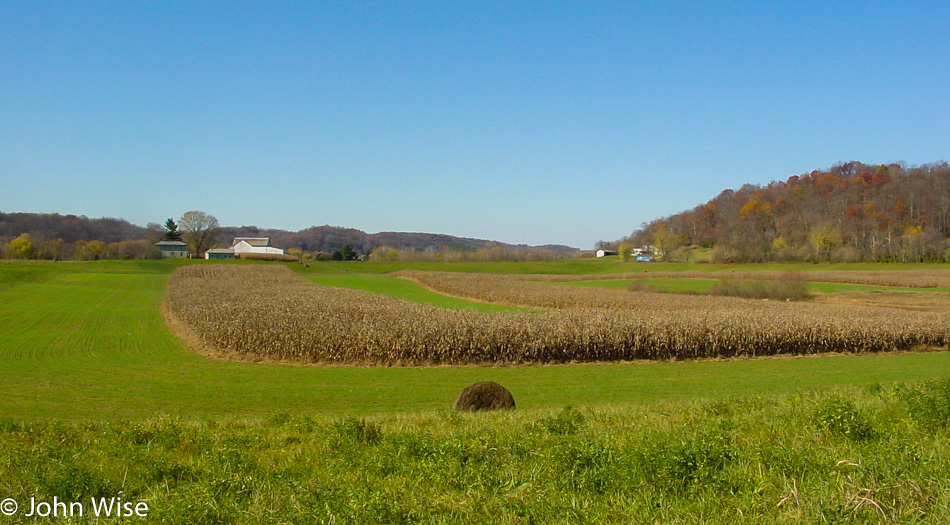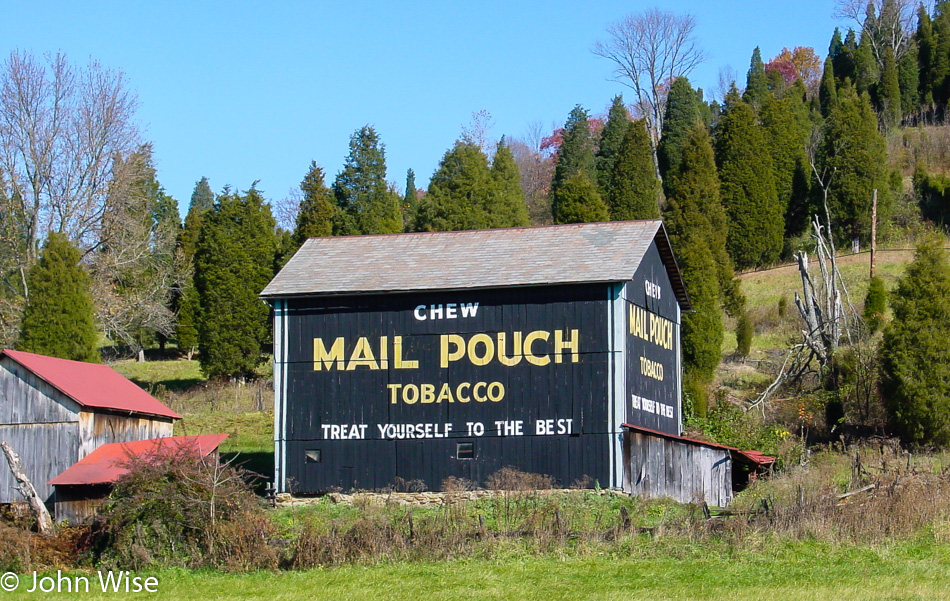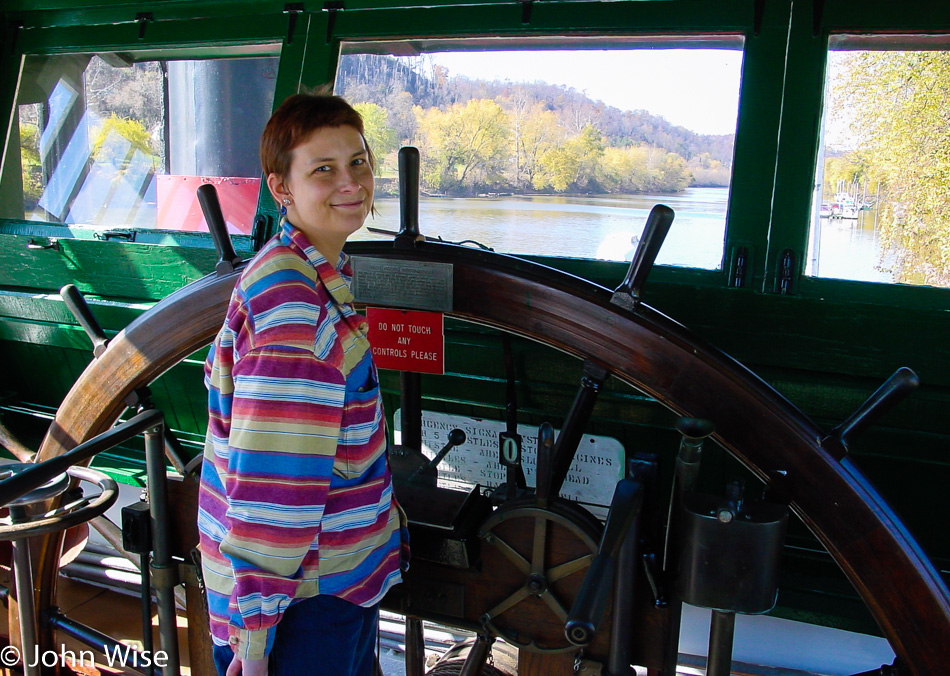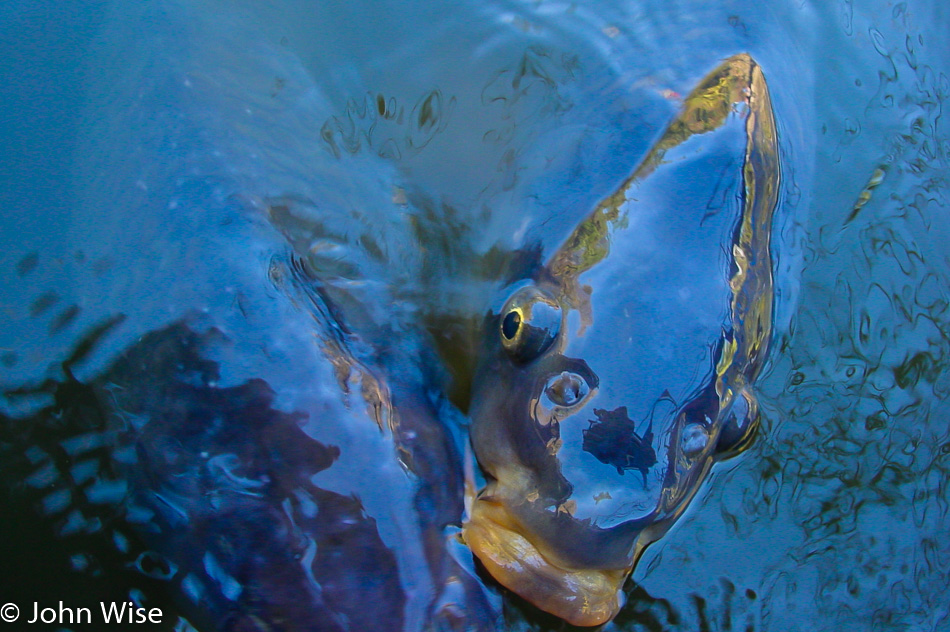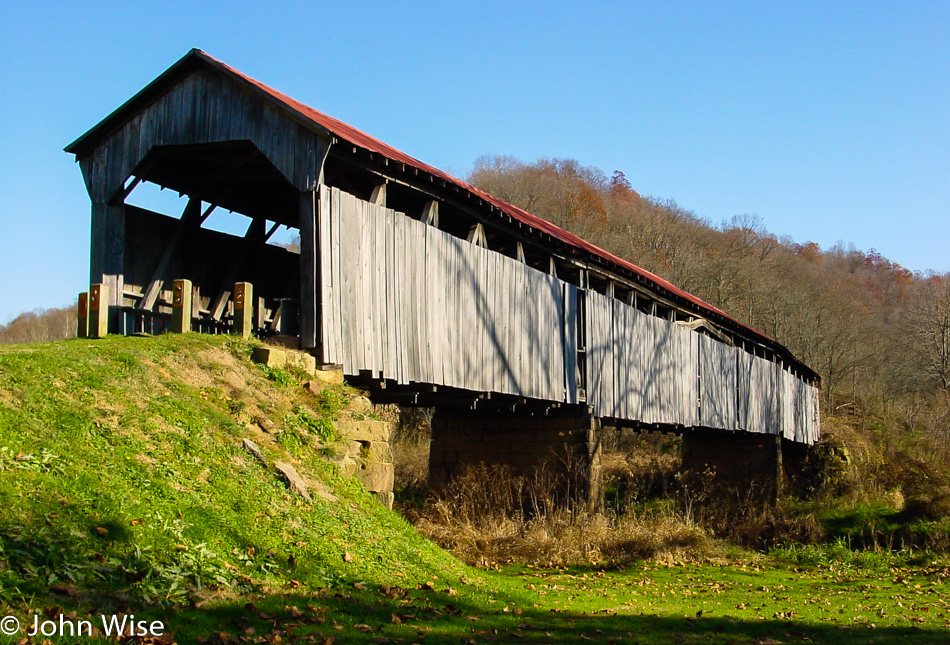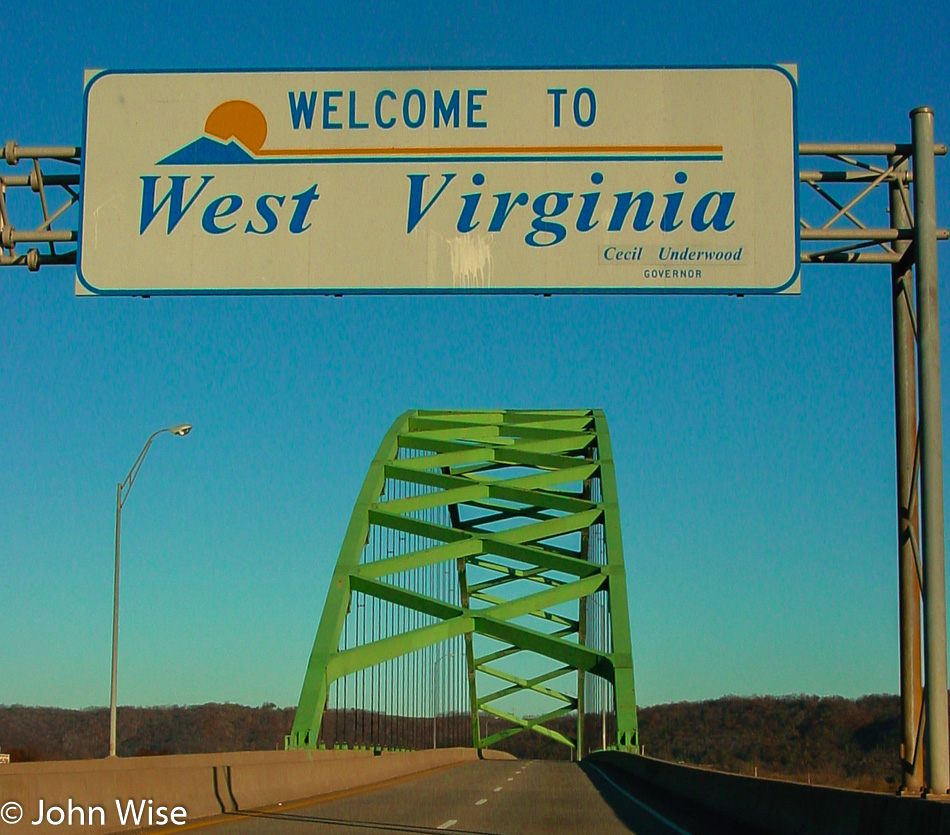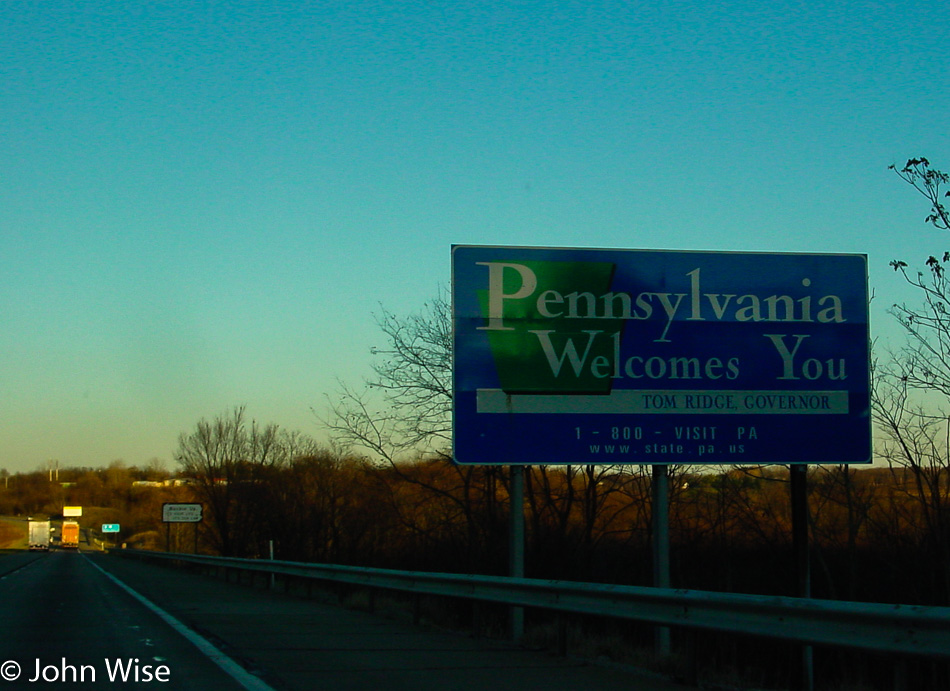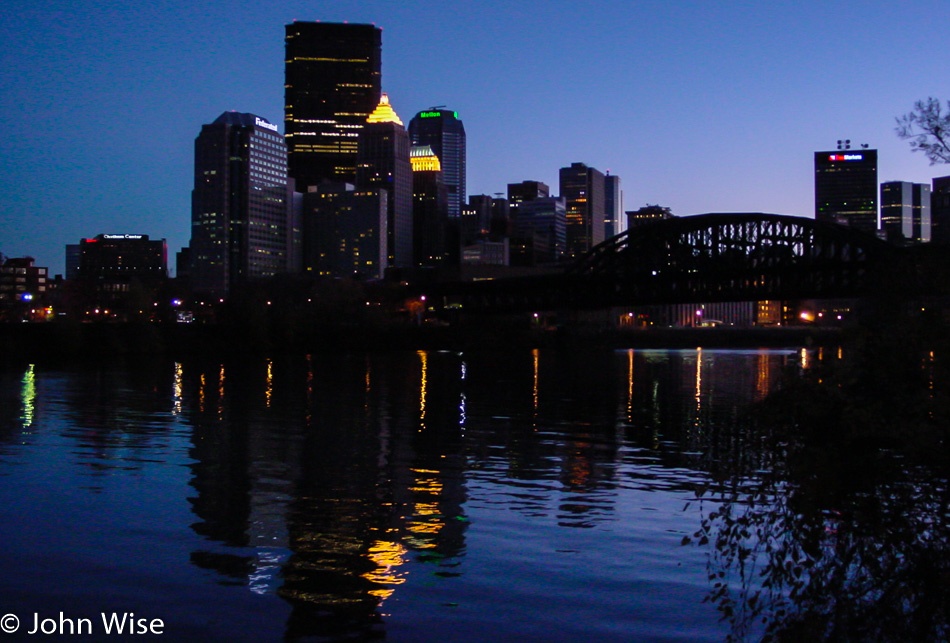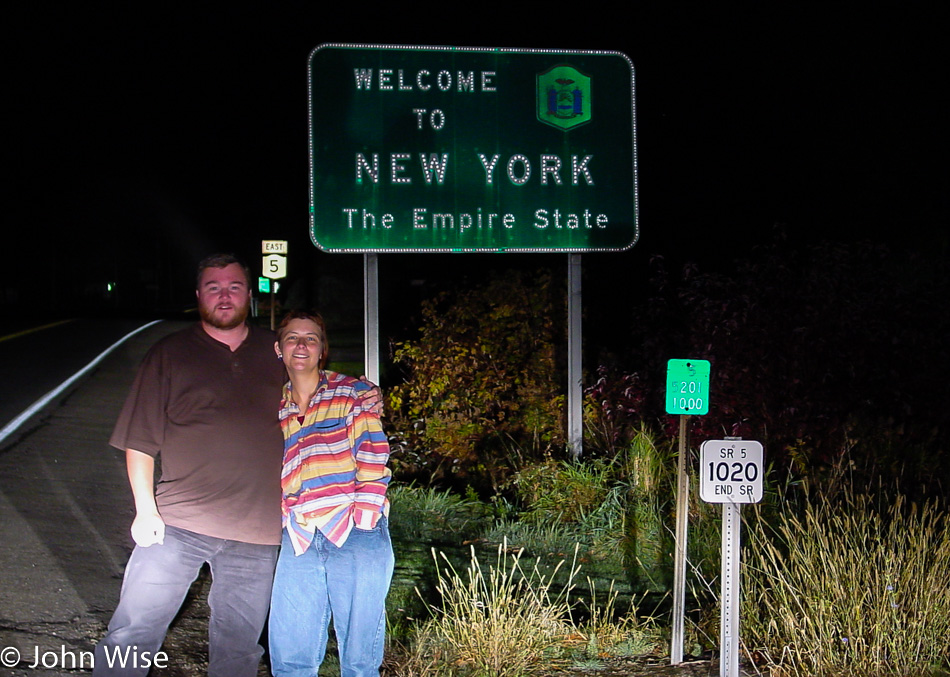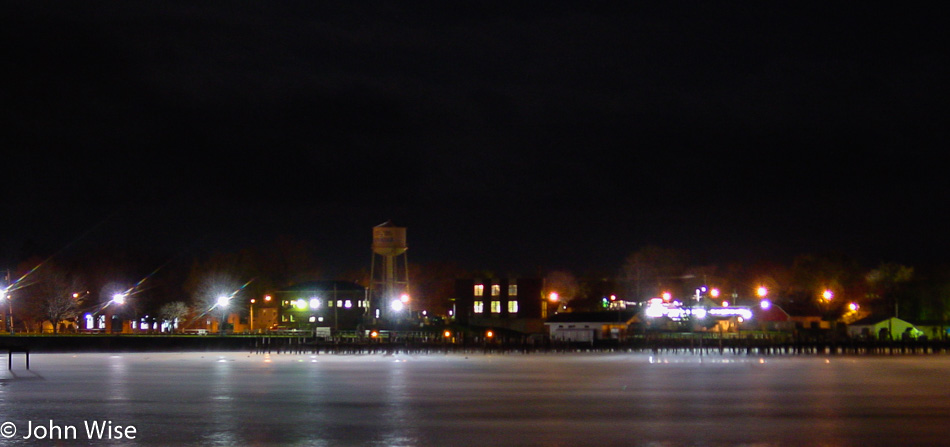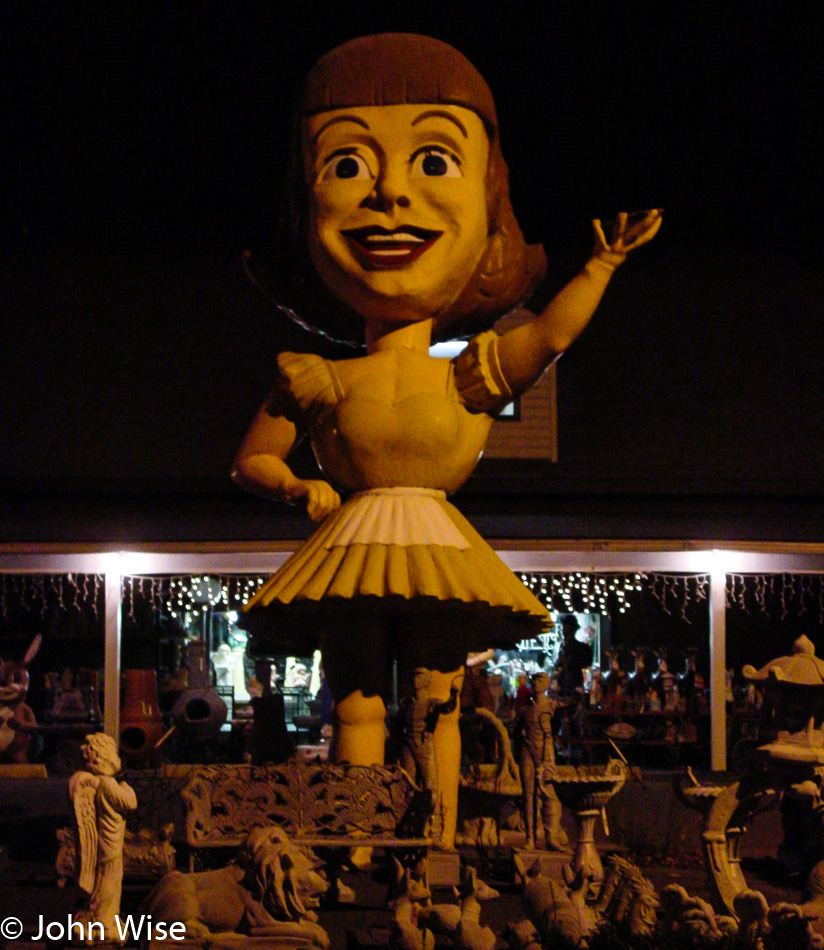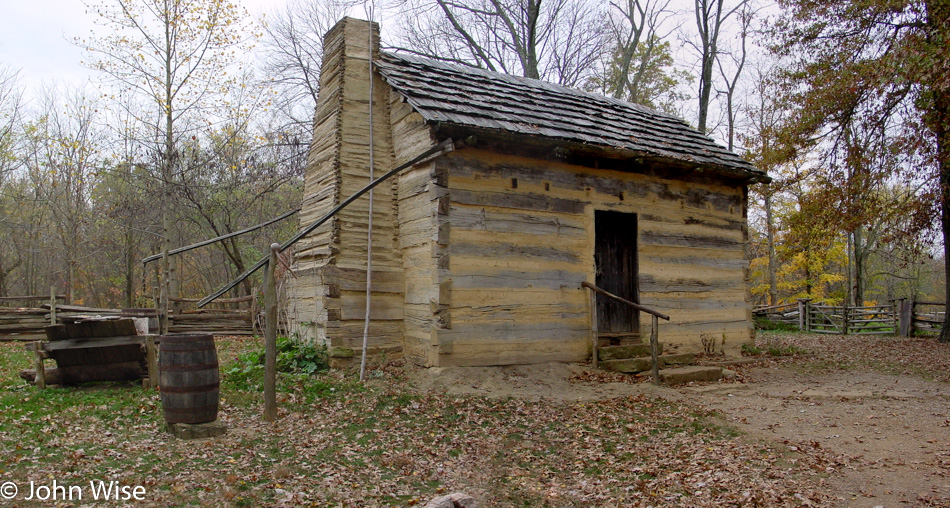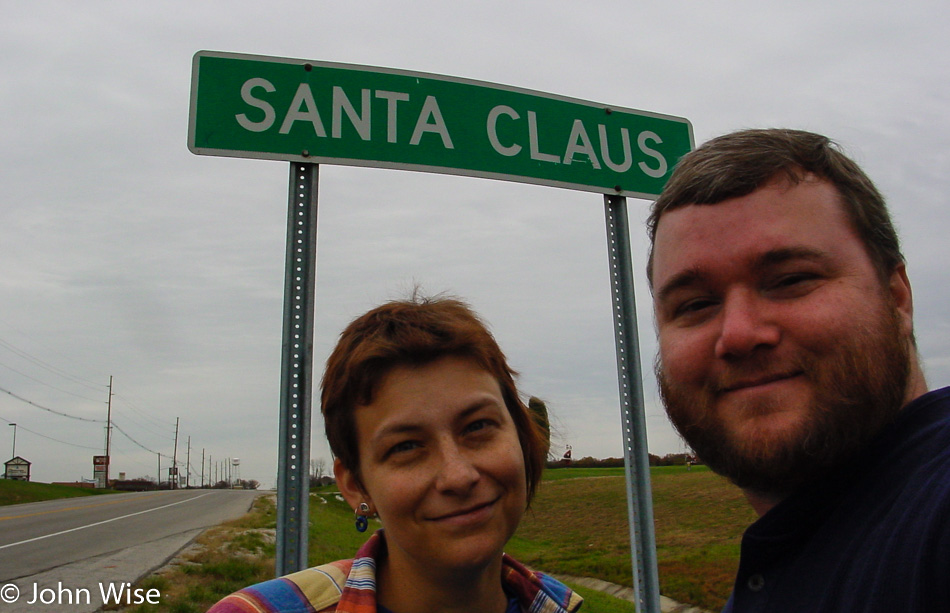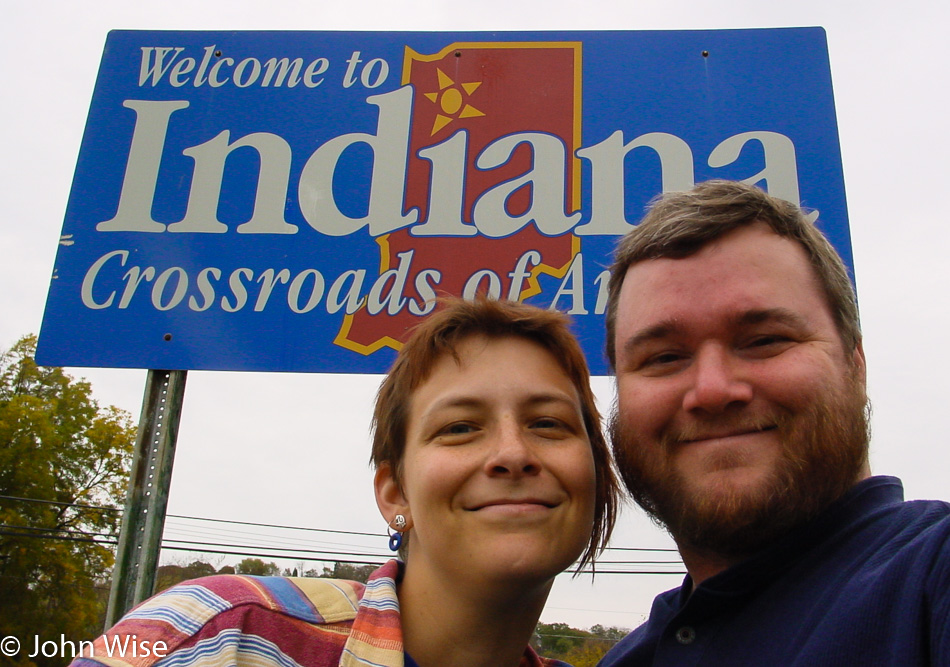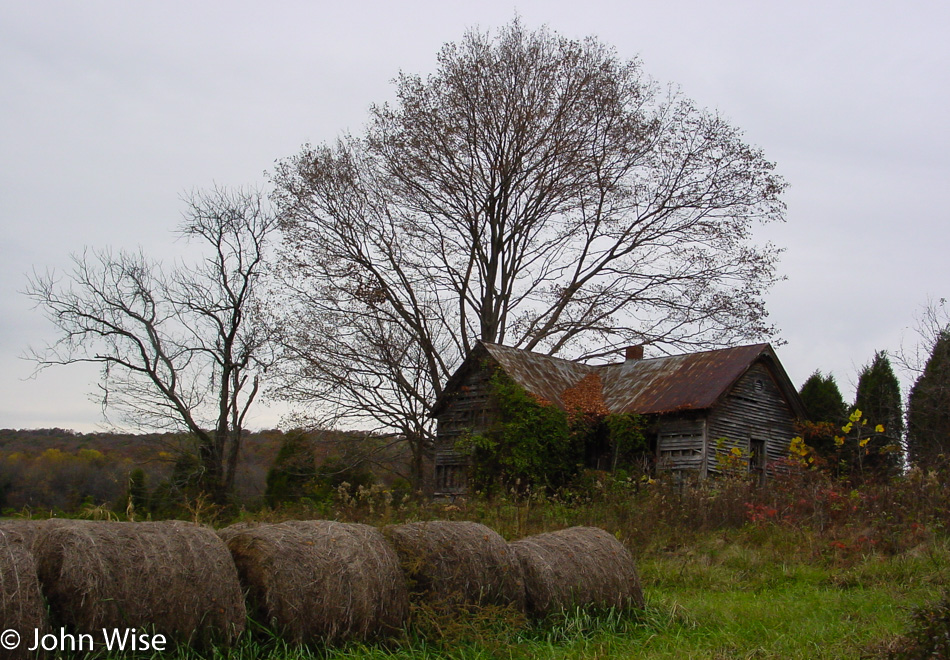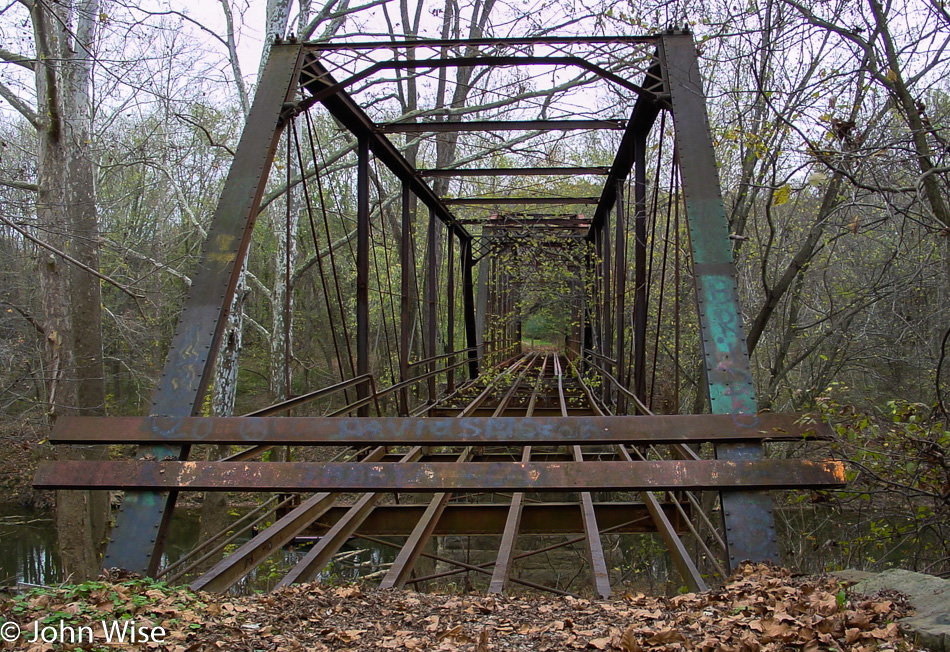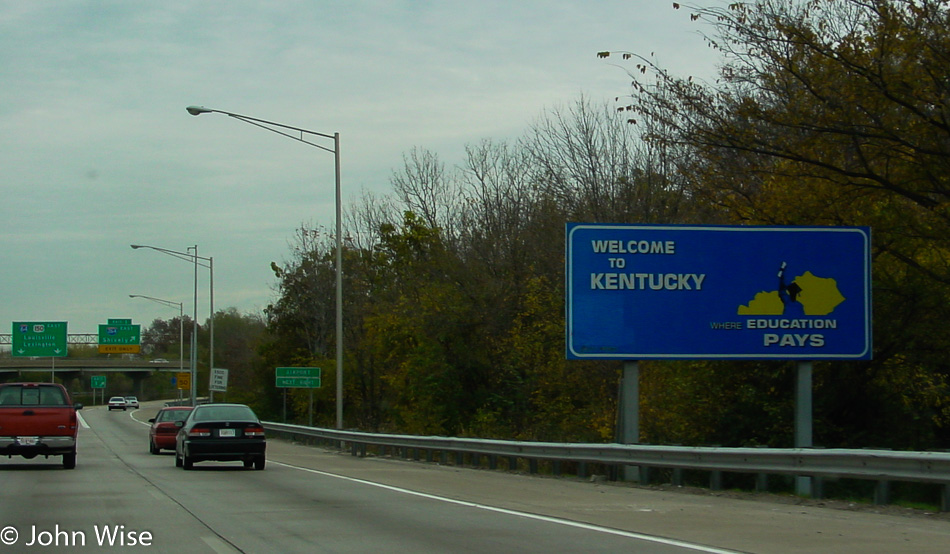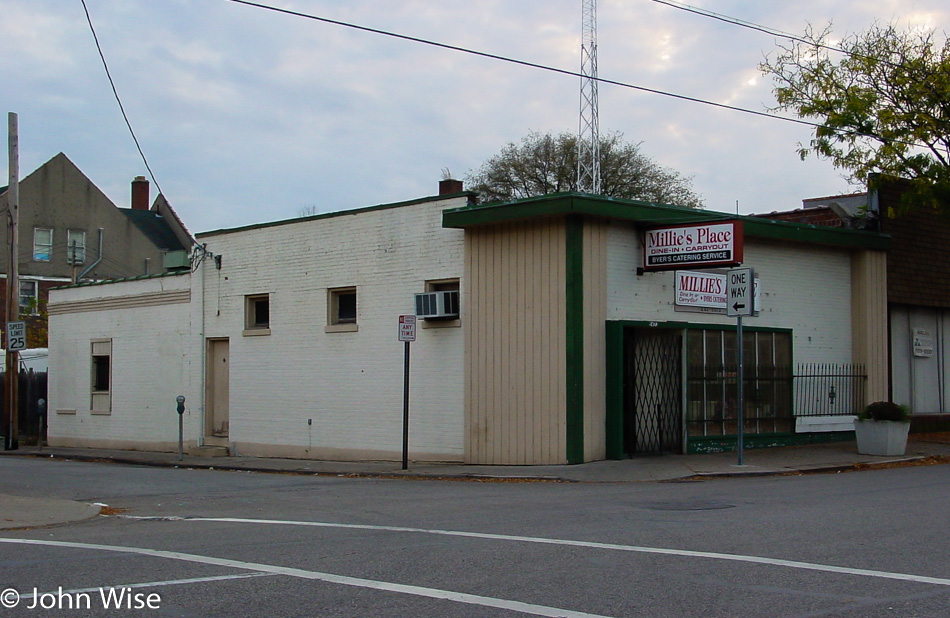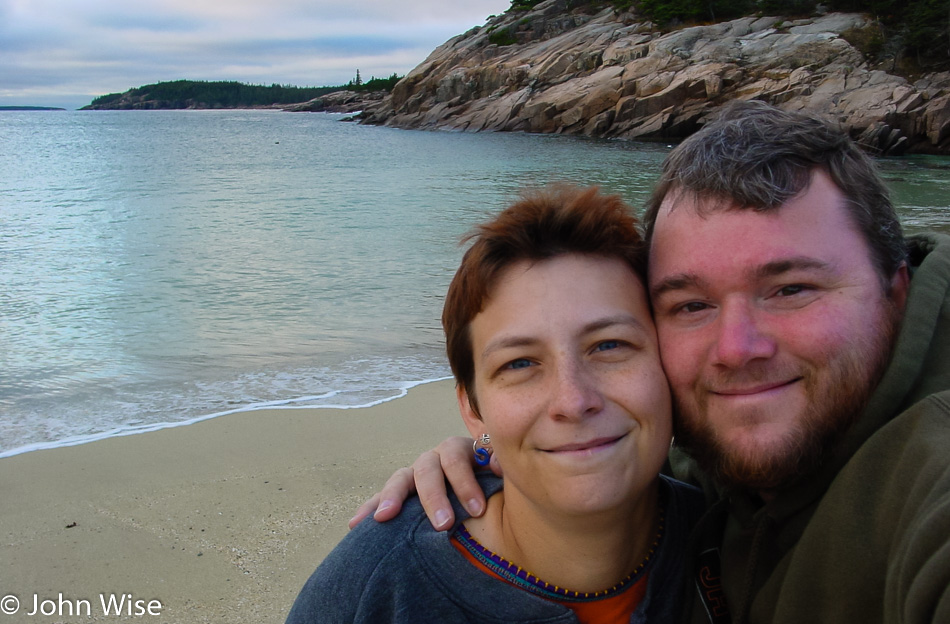
We live for being next to the water. Everything feels perfect when we are at the coast including here at Frenchman Bay in Acadia National Park.
Our old Sony camera only shot 1600×1200 pixels during this trip, but the magic of Photoshop stitching images together let us resolve things just a wee bit better. Here’s Frenchman Bay from side to side. Click the image or click here to load a larger view to see more detail.
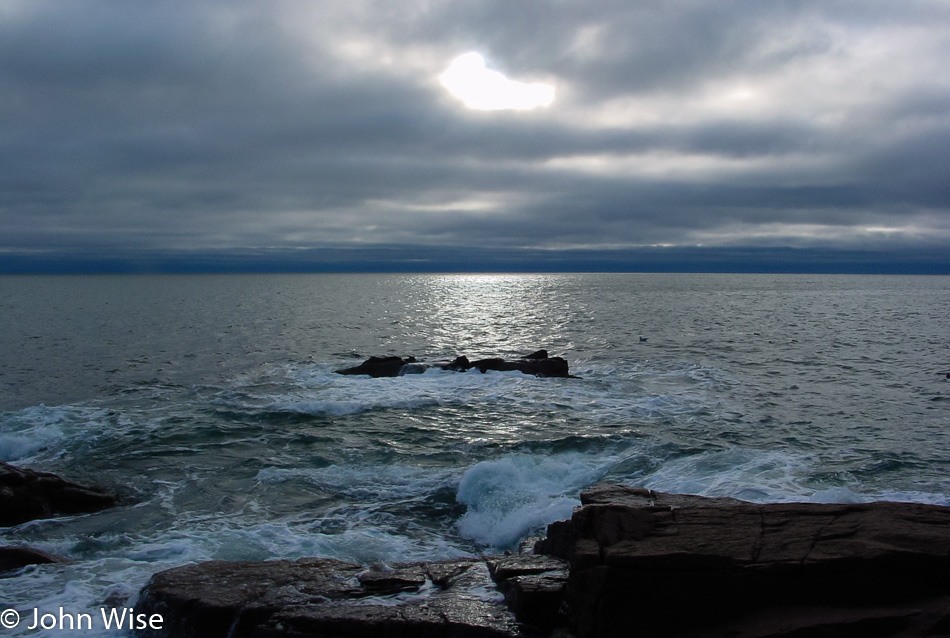
Hours could pass, and as long as the weather stays dry, we’d be happy as clams to just walk along the shore all day.
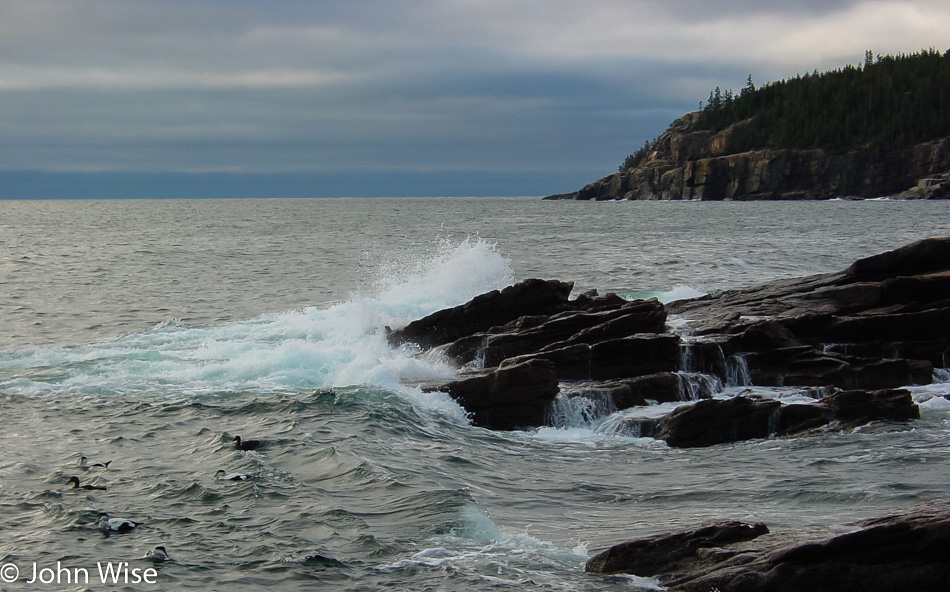
The distinctive look between the northwest Pacific coast and here is striking. After Oregon, Maine might be the next choice of where we’d love to live. The only problem with living out this way might be the roads, though the area around Bar Harbor is fairly maintained. Maybe someday we can spend some months up here and get a better idea of what things are like in winter and summer.
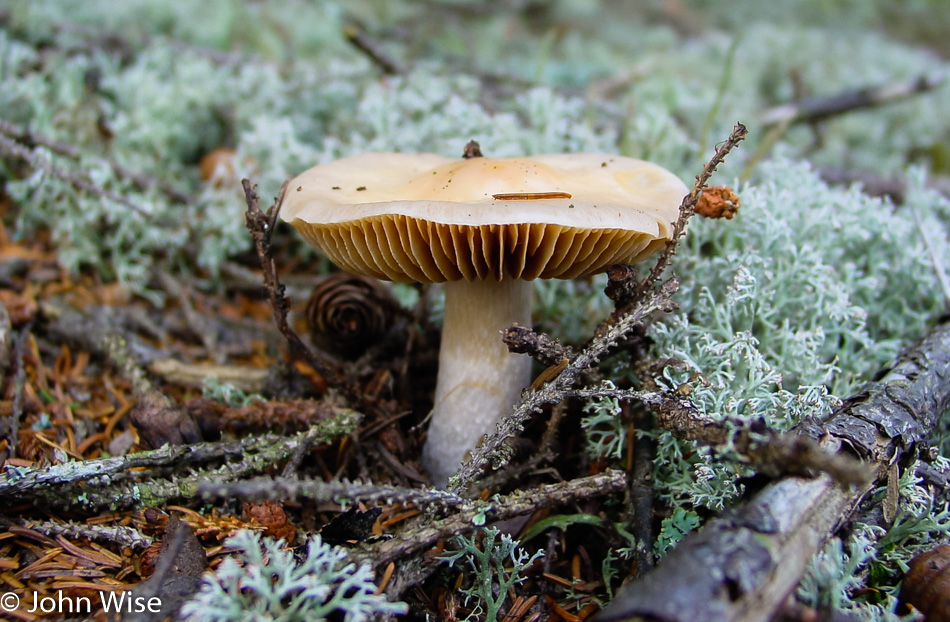
There’s certainly a lot more here than just the sea, but it takes some serious effort to avert our eyes from that body of water that seems to be calling us.
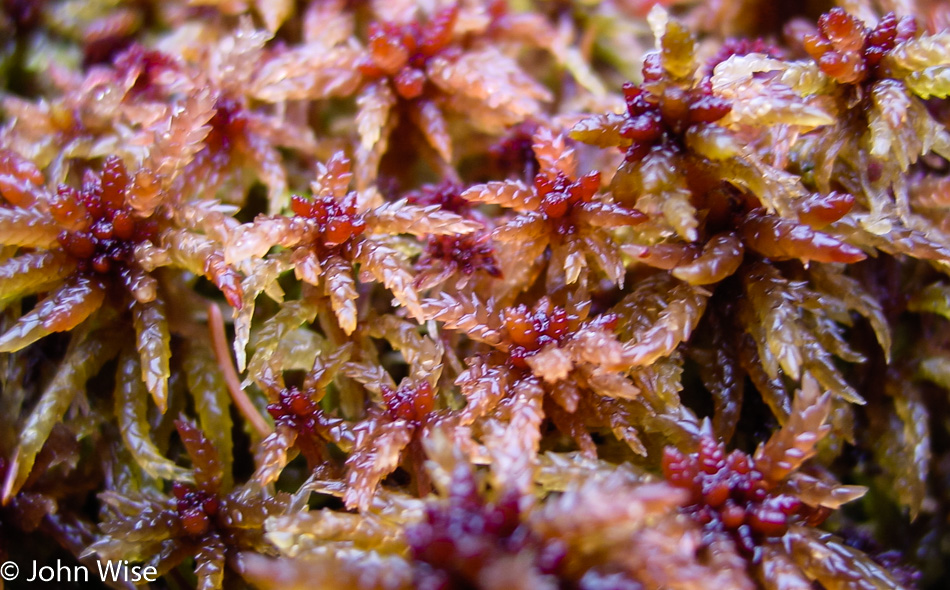
I have no idea what this is, but it looks yummy, though I’ll bet a dollar it doesn’t taste as good as it looks.
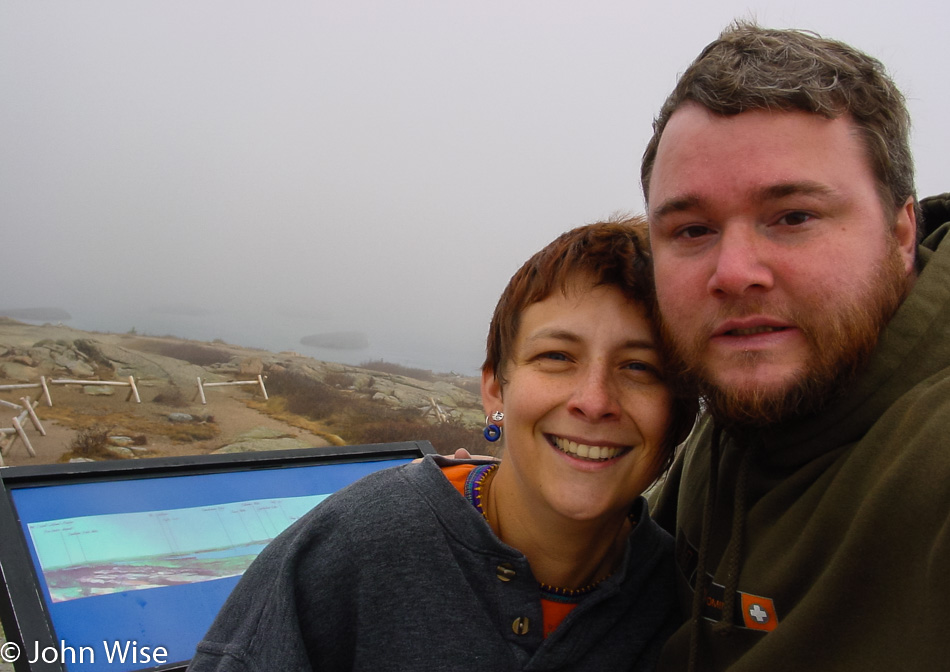
The strong wind makes the peak of Cadillac Mountain in Acadia National Park brutally cold. We are only at 1,533 feet above sea level, which is called a hill out west, but out here on the east coast, this is a mountain and it’s the highest point on the U.S. Atlantic coast. While the thermometer reads 42 degrees, I’d bet that with the wind chill factor, it’s not a degree over 10. Quick, let’s jump back in the car!
A panoramic view from near the peak of Cadillac Mountain. Click here or the image to see a larger view.
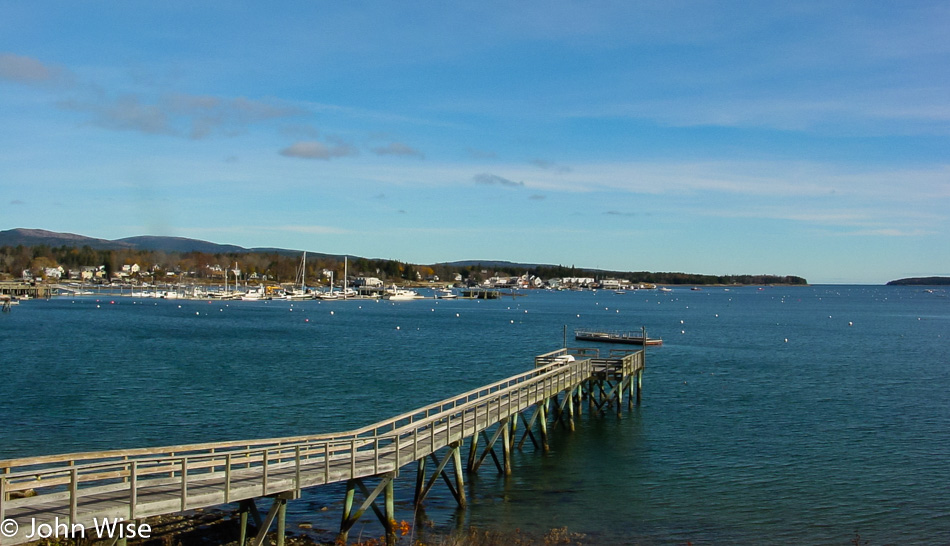
Finally, it was time for breakfast, so we headed back to Bar Harbor for something to eat at Rika’s Family Restaurant. Our server tells us how Bar Harbor becomes a ghost town this time of year, and during the summer, it’s difficult to move down the street because the crowds are so thick. This feast or famine situation makes things difficult for those who can’t winter down in Florida or over in Arizona, where most of the town is already. Afterward, we stroll down the street searching for the refrigerator magnet we must find. We found a magnet but also a ceramic tile of the Bass Harbor Head Lighthouse so now we’ll have to head that way and witness it for ourselves.
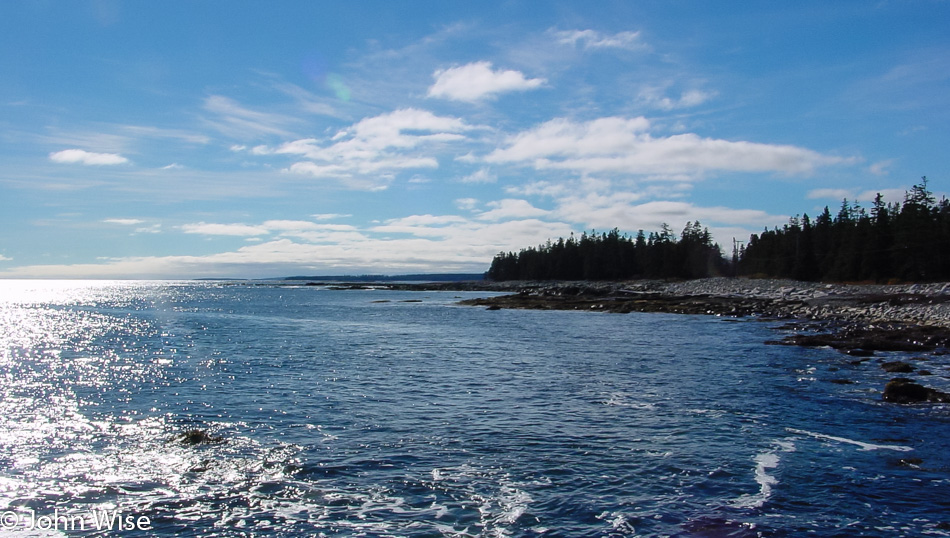
With the sun out and blue skies, the Atlantic Ocean shimmers in beauty. We are on the way to Southwest Harbor out towards Tremont, where the Bass Harbor Head Lighthouse is situated.
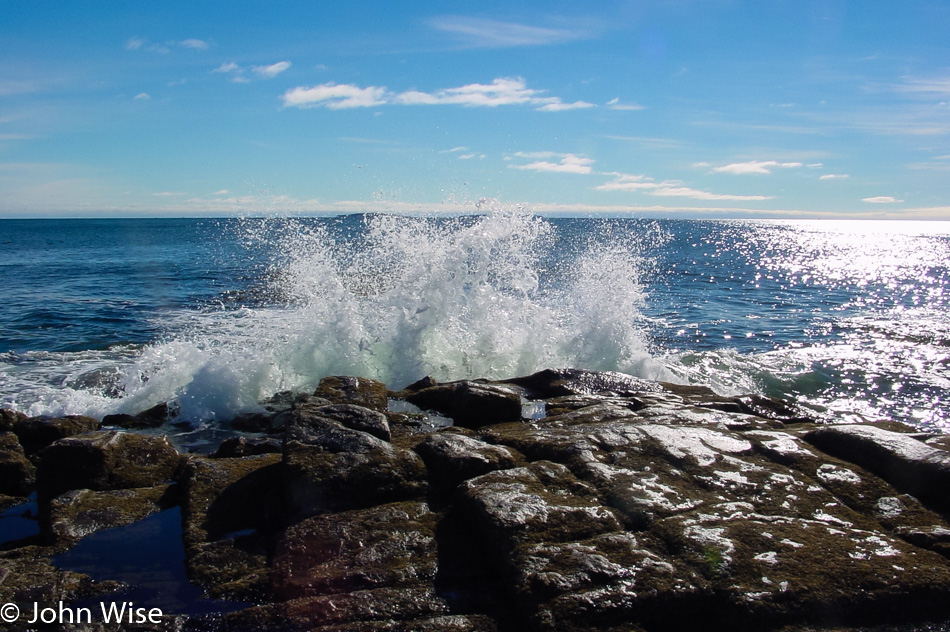
Moving slowly along the coast as we find places to stop and explore the shore. I should point out that these rocks can be slippery: my butt found out the hard way as I went down flat on them.
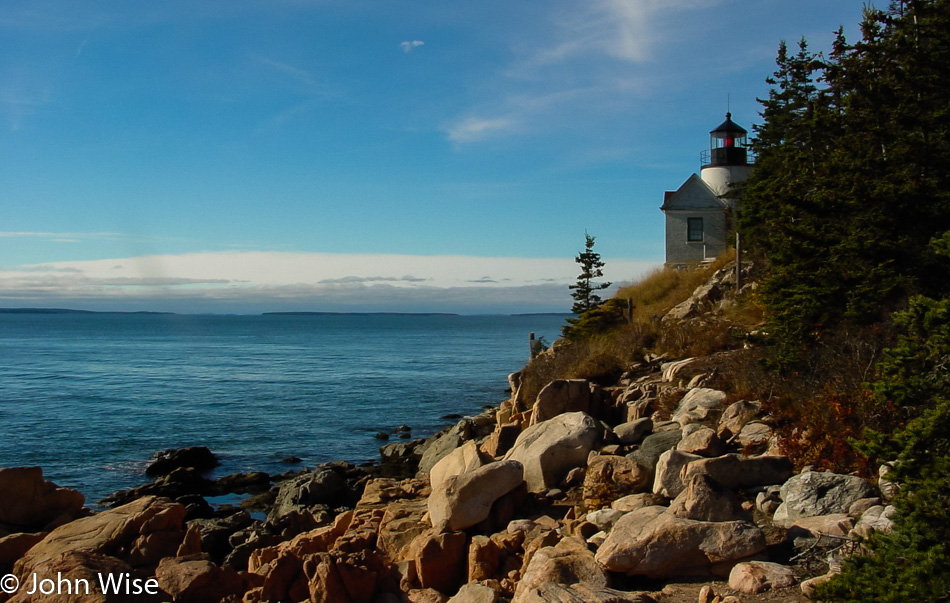
This was the best view we could muster of the lighthouse. It was built back in 1858 and is located in Tremont, Maine.
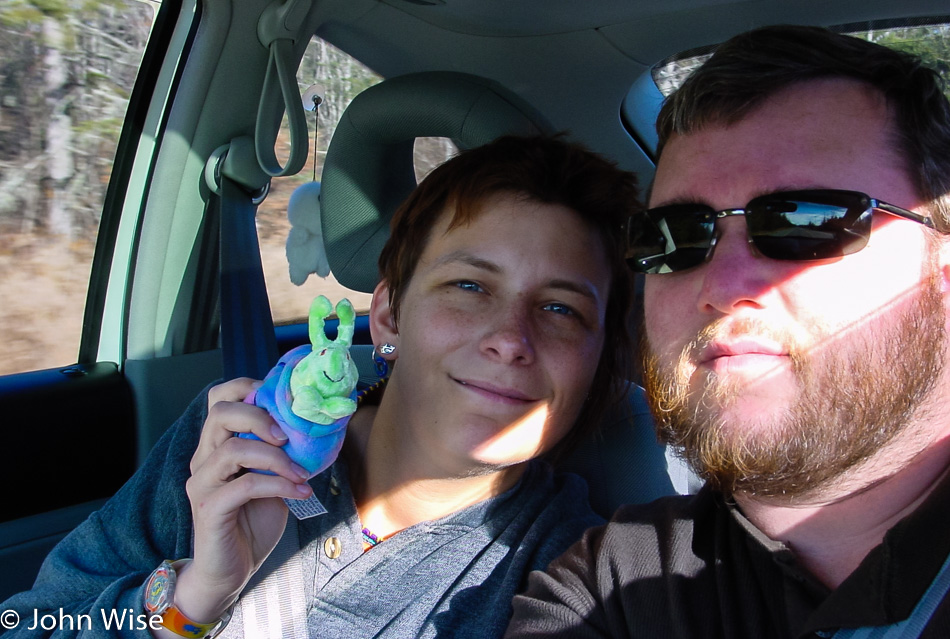
So this was the souvenir we ended up with from Purple Baboon over in Belfast. We named this snail “State of Maine.” You might also notice we are traveling with a Kodama hanging in the window just behind Caroline. The Kodama are spirits from Japanese folklore that inhabit trees, similar to the dryads from Greek mythology, with the name dryads being the basis for the plant dryas, which will figure in a couple of our trips in the future after we go to Alaska and the Yukon, but that’s 12 years from now so I’ll wait to write about that stuff then. This particular Kodama was featured in the film Princess Mononoke.
Around this time, we also returned to Belfast for some lunch at the Maine Chowder & Steak House and then pointed the car towards Camden, where we made note that we would have to visit this small village on a subsequent trip.
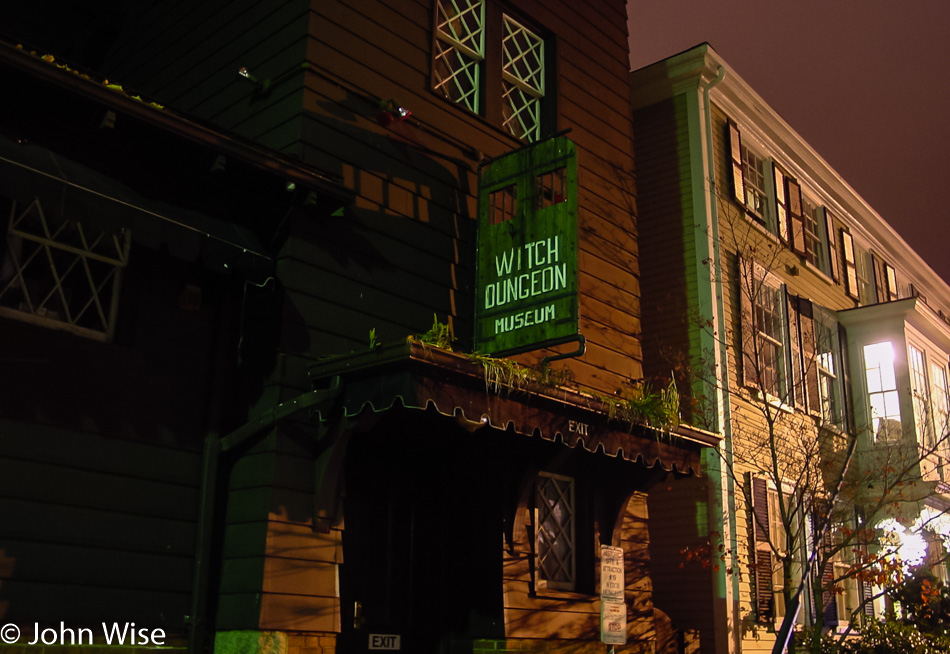
Before reaching Salem, Massachusetts, and the closed-for-the-day Witch Dungeon Museum, a guy at a gas station in Maine recommended that we visit both Annapolis and Mystic Seaport. From Salem, we drive into Lynn (established in 1629) and believe we are in the land of hairdressers, doughnut shops, roast beef dives, pizza joints, and Chinese restaurants. It should also be known as the place of the world’s smallest street signs.
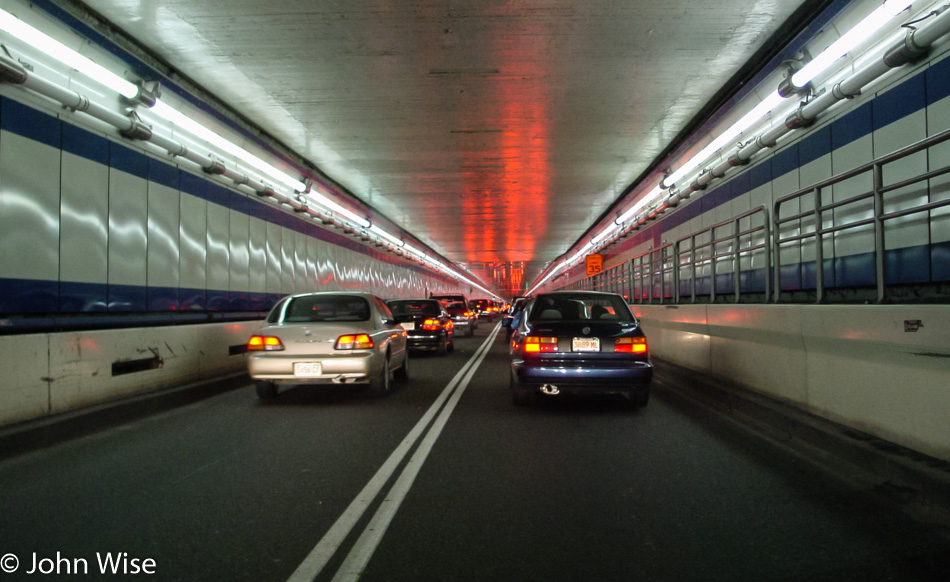
Boston is a madhouse of traffic anarchy, and this tunnel is no better. Only $2 to pass through Sumner Tunnel with our nerves already frayed, and then here comes an emergency vehicle forcing all of us to merge right in a tunnel that was already bumper to bumper. We looked for the area of the Boston Tea Party so we could see it in the dark while it was closed too, but we never found it.
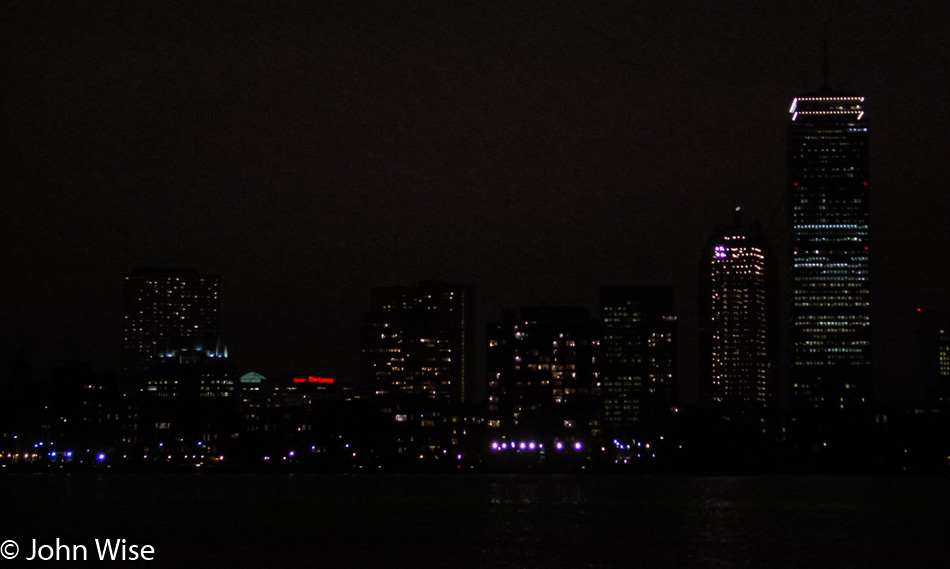
Leaving Boston behind, we head for a quieter destination to stop for the night; Plymouth sounds interesting, so we’ll invest the hour and drive south. Once in Plymouth (yep, that one made famous by a rock), we stopped at Plymouth House of Pizza for dinner and then checked into the Pilgrim Sands Motel with an ocean view!


